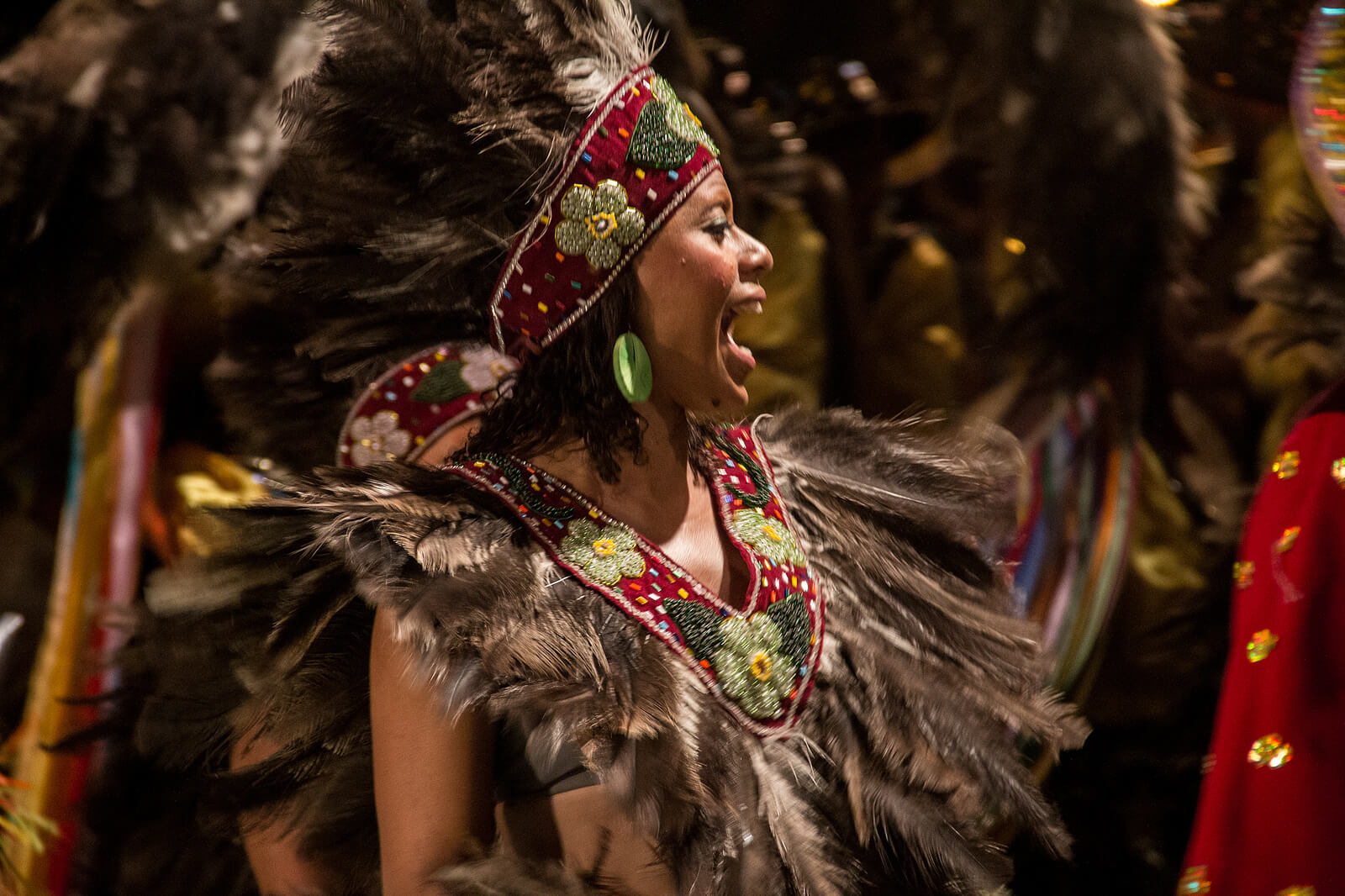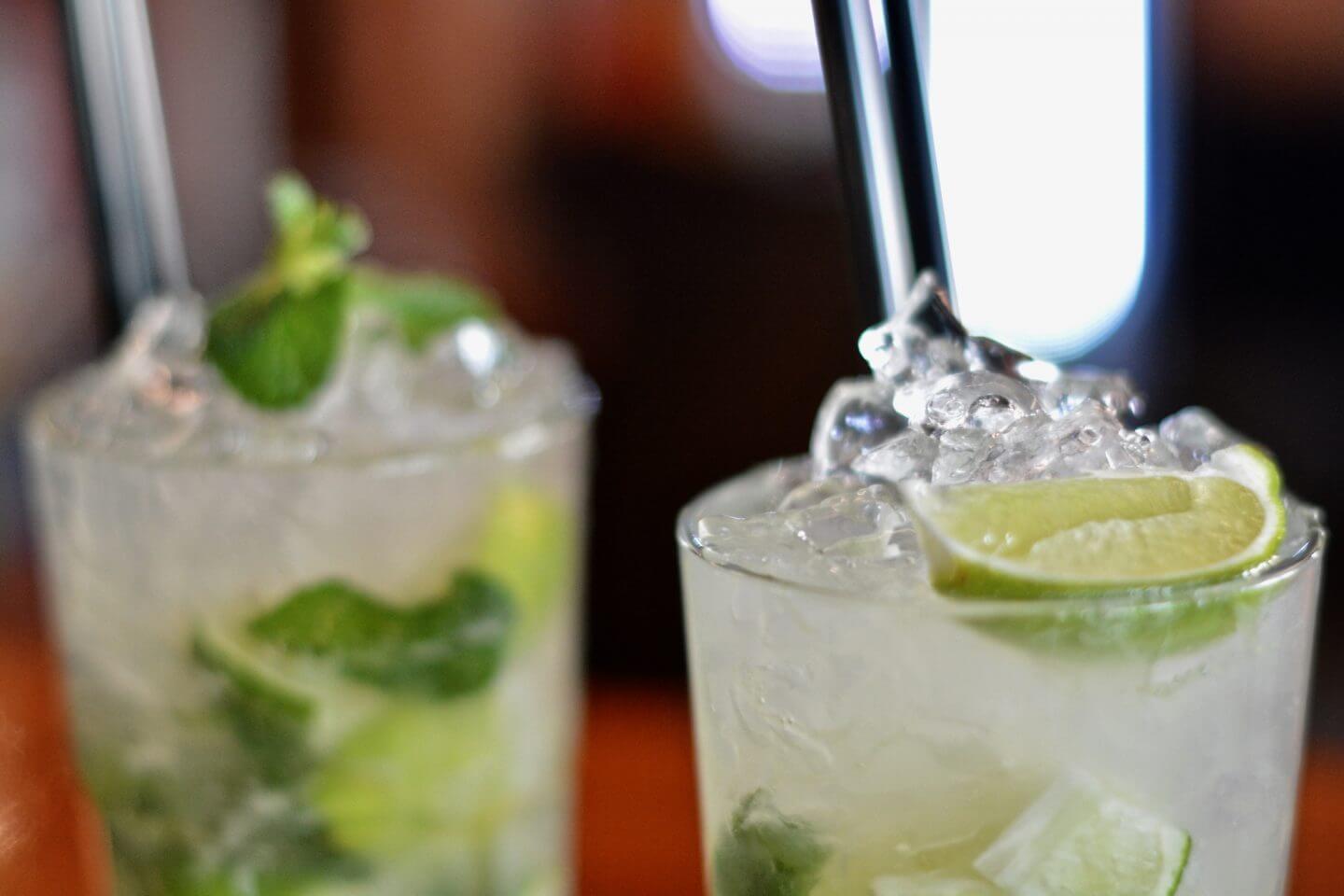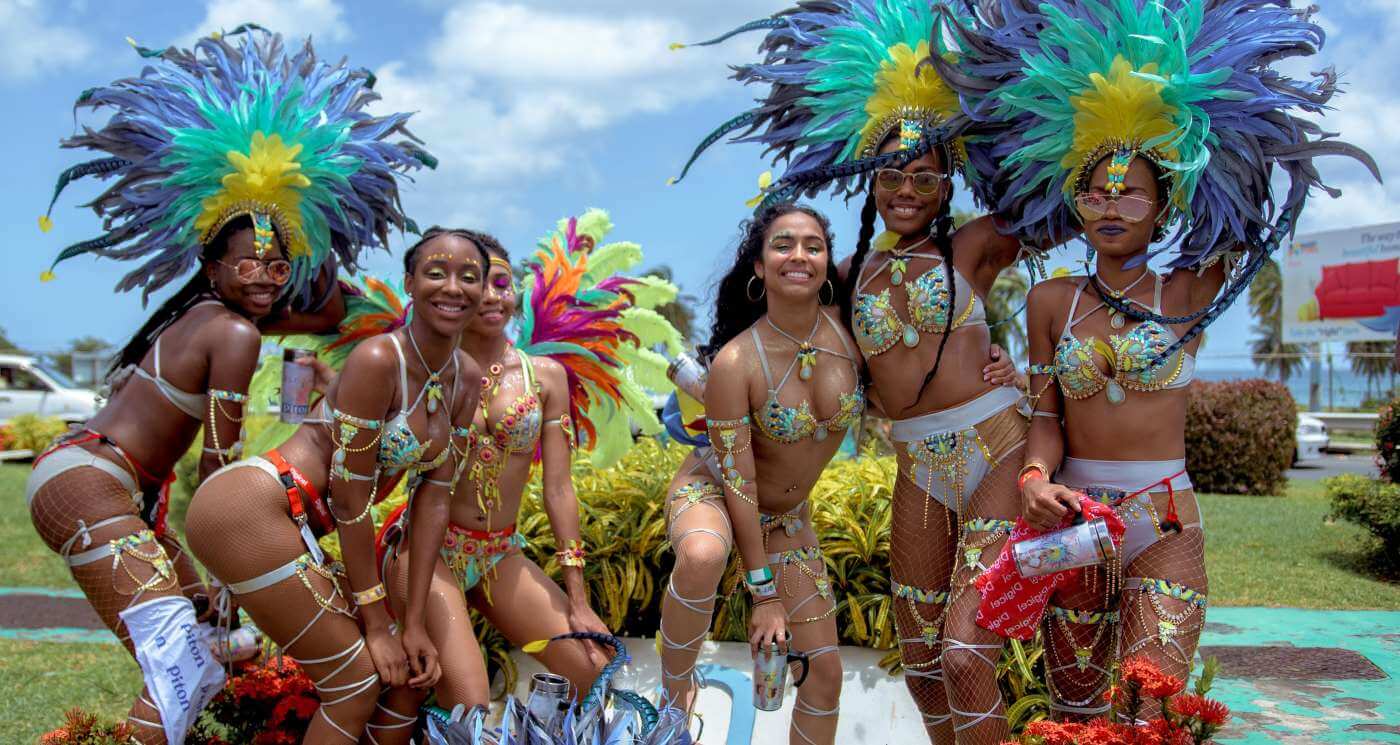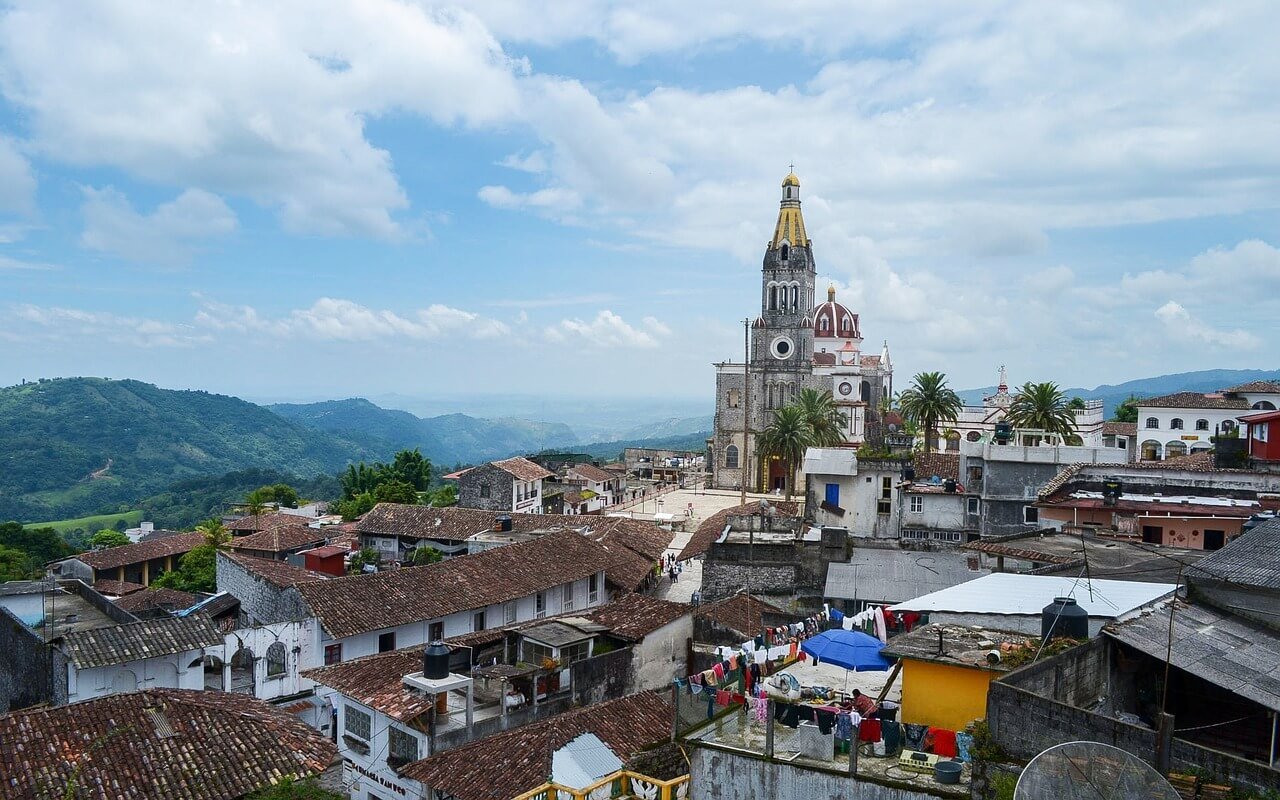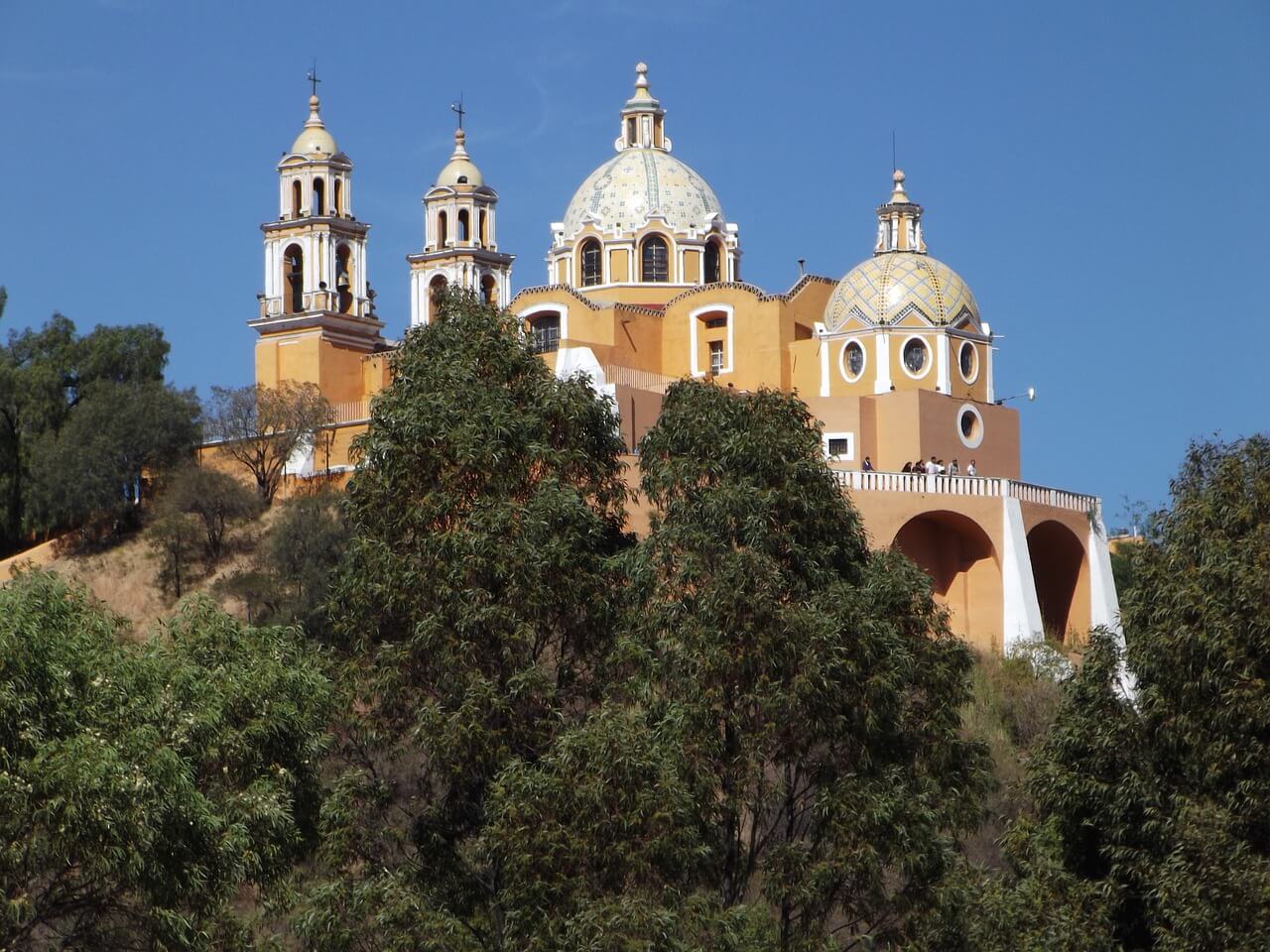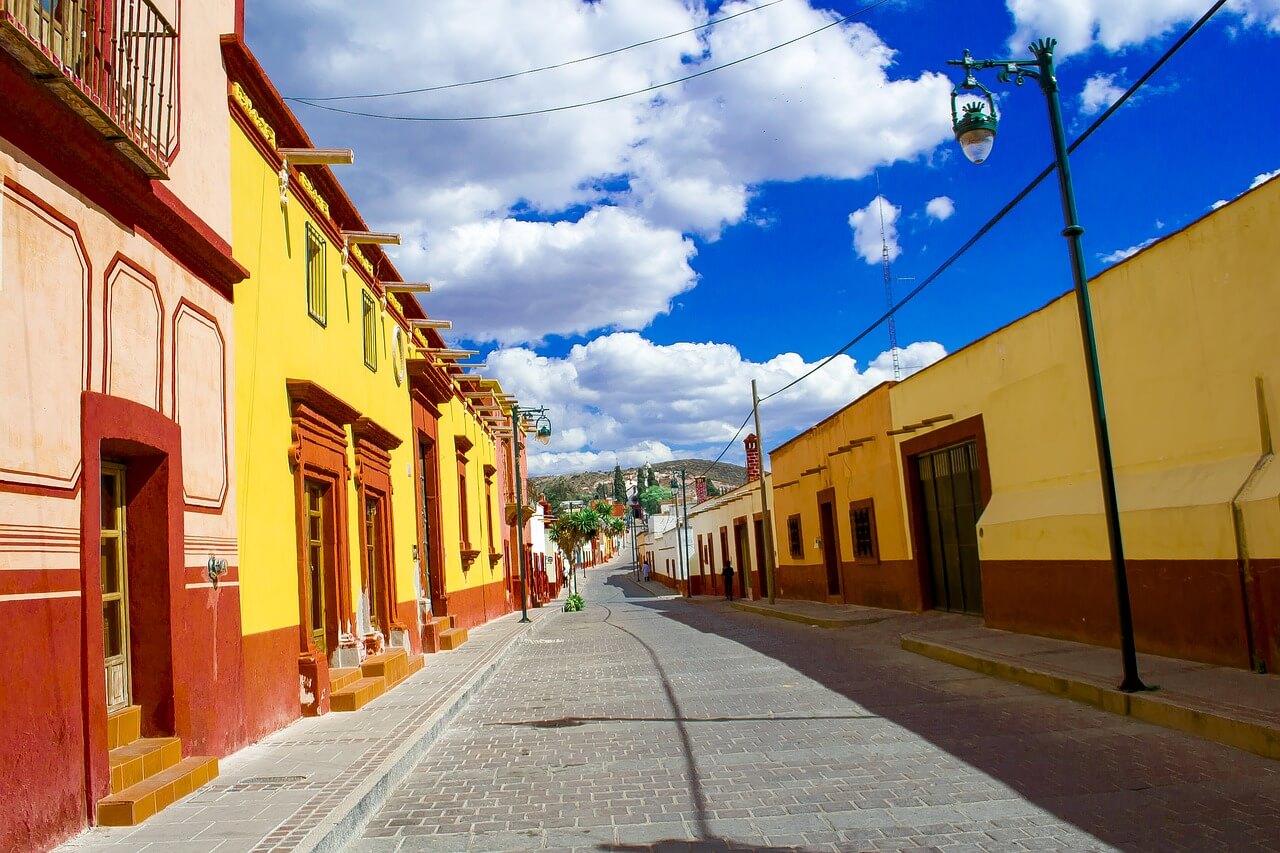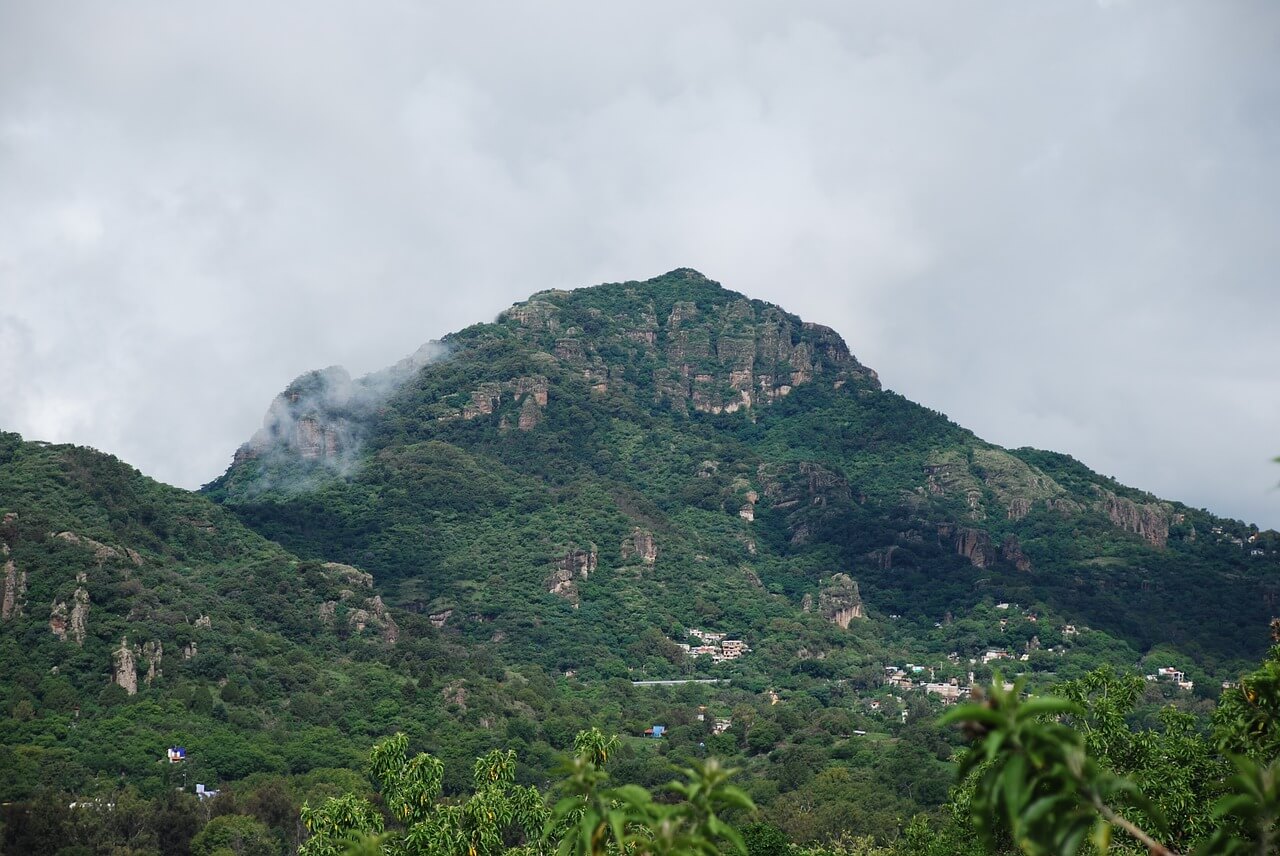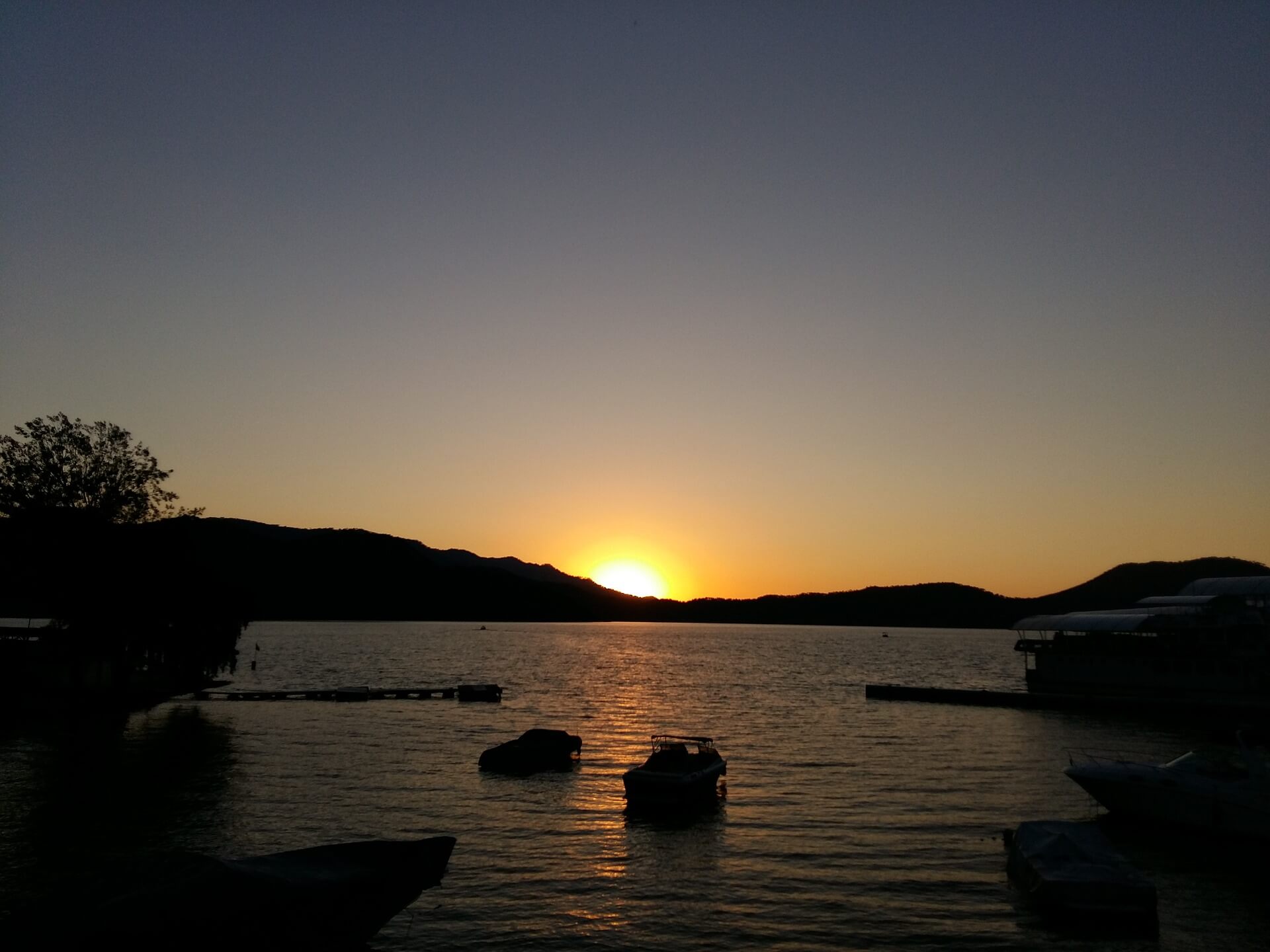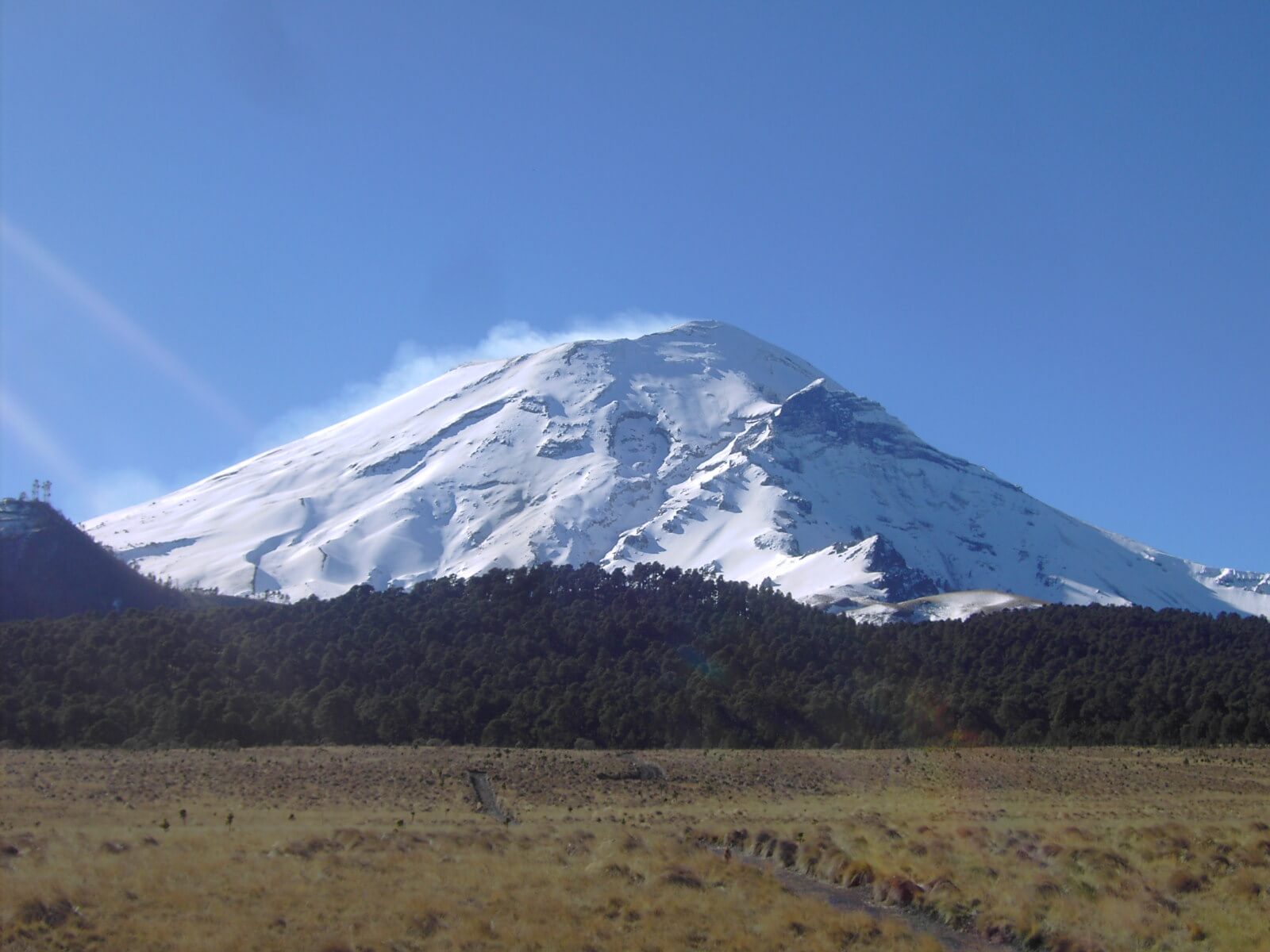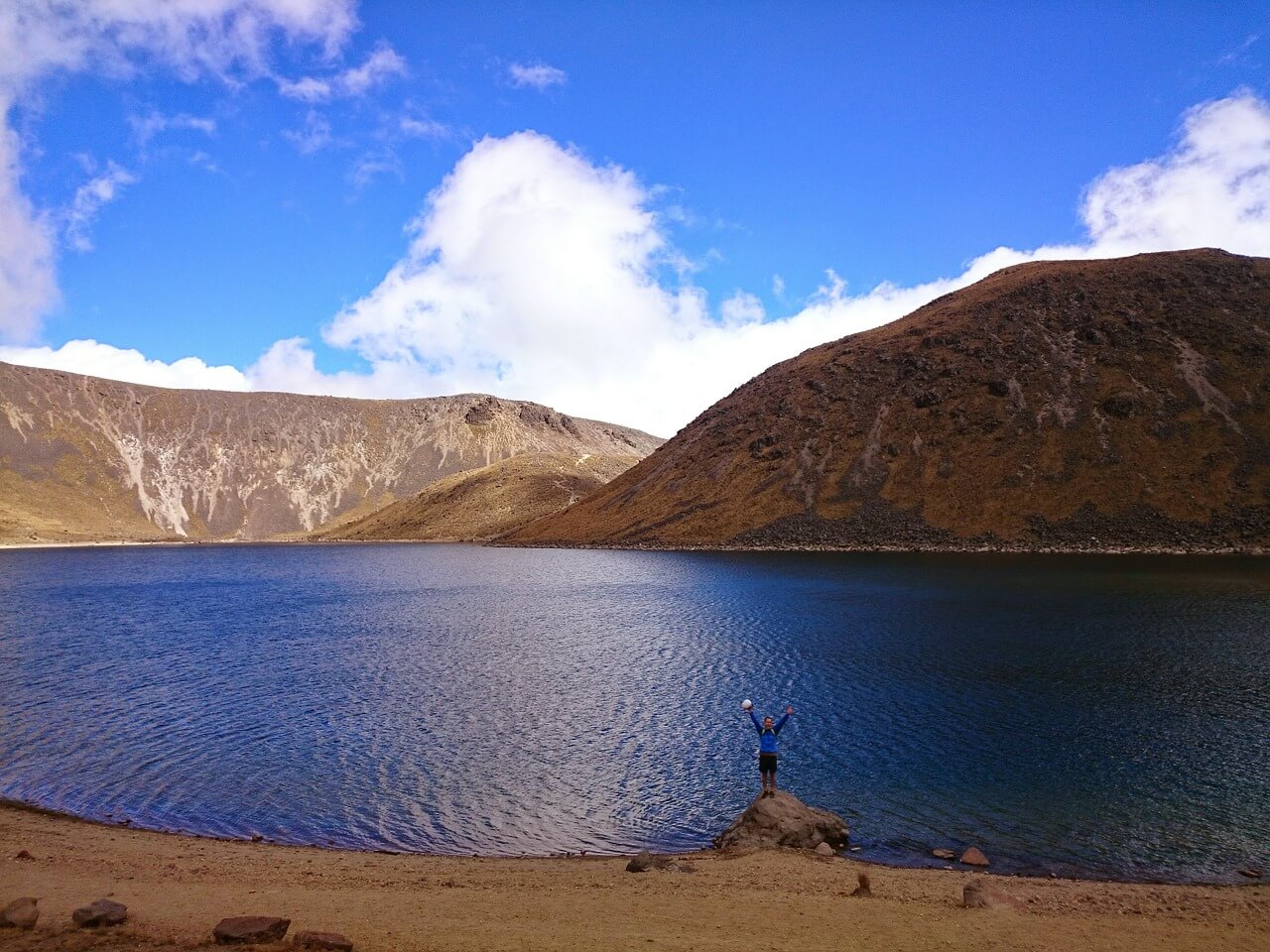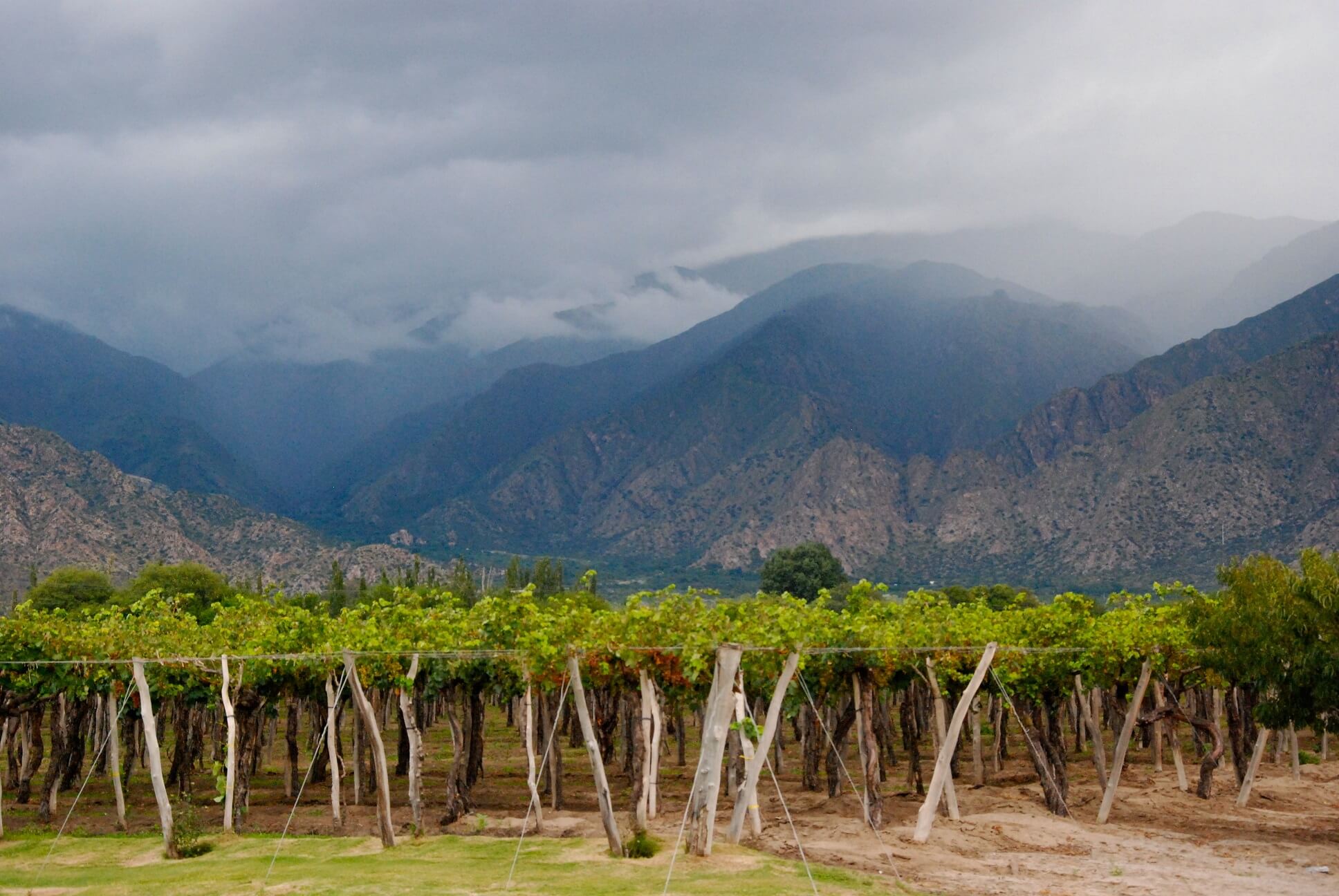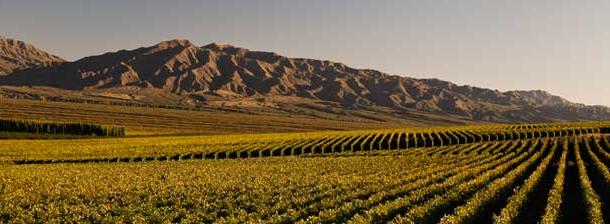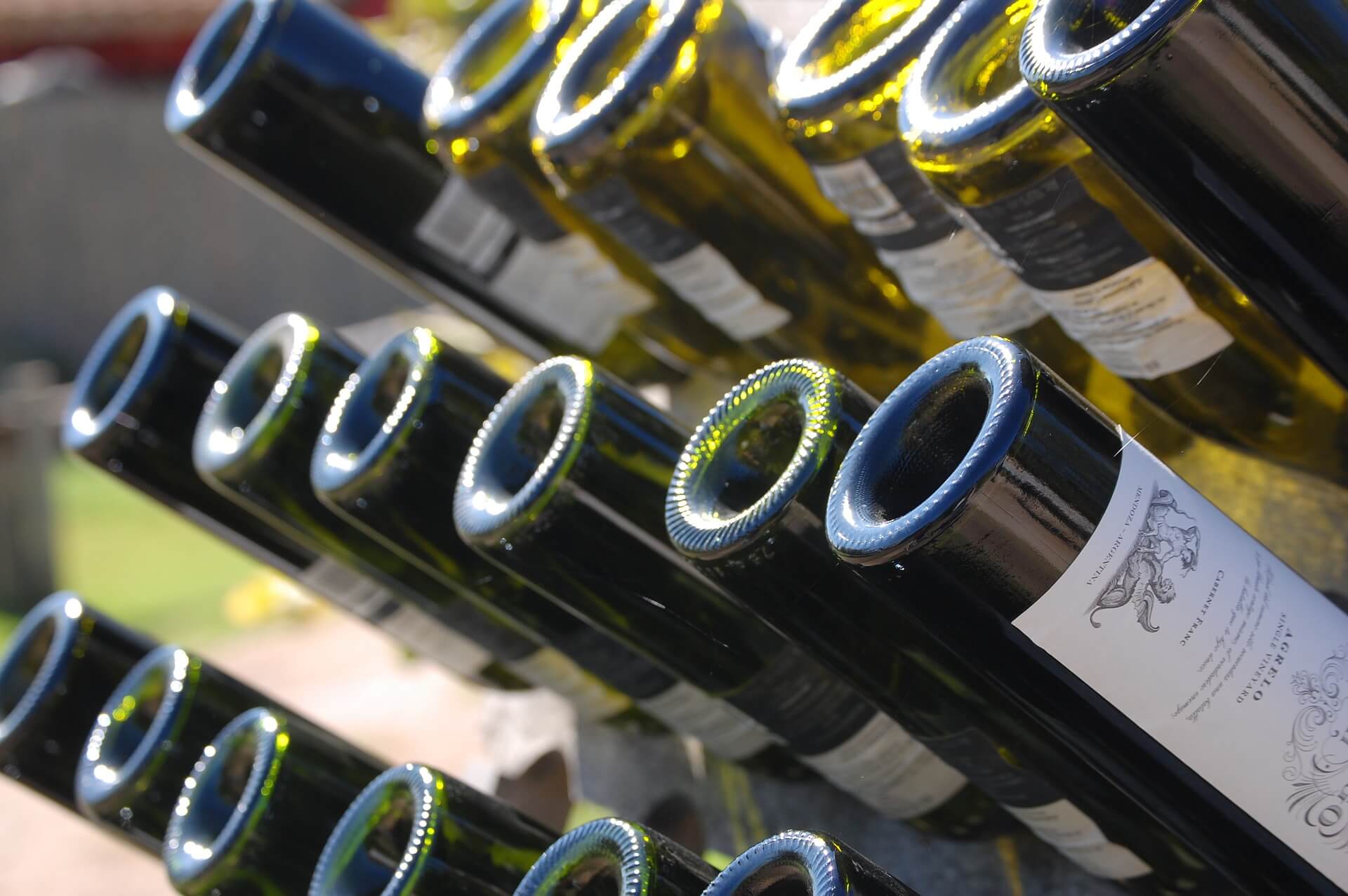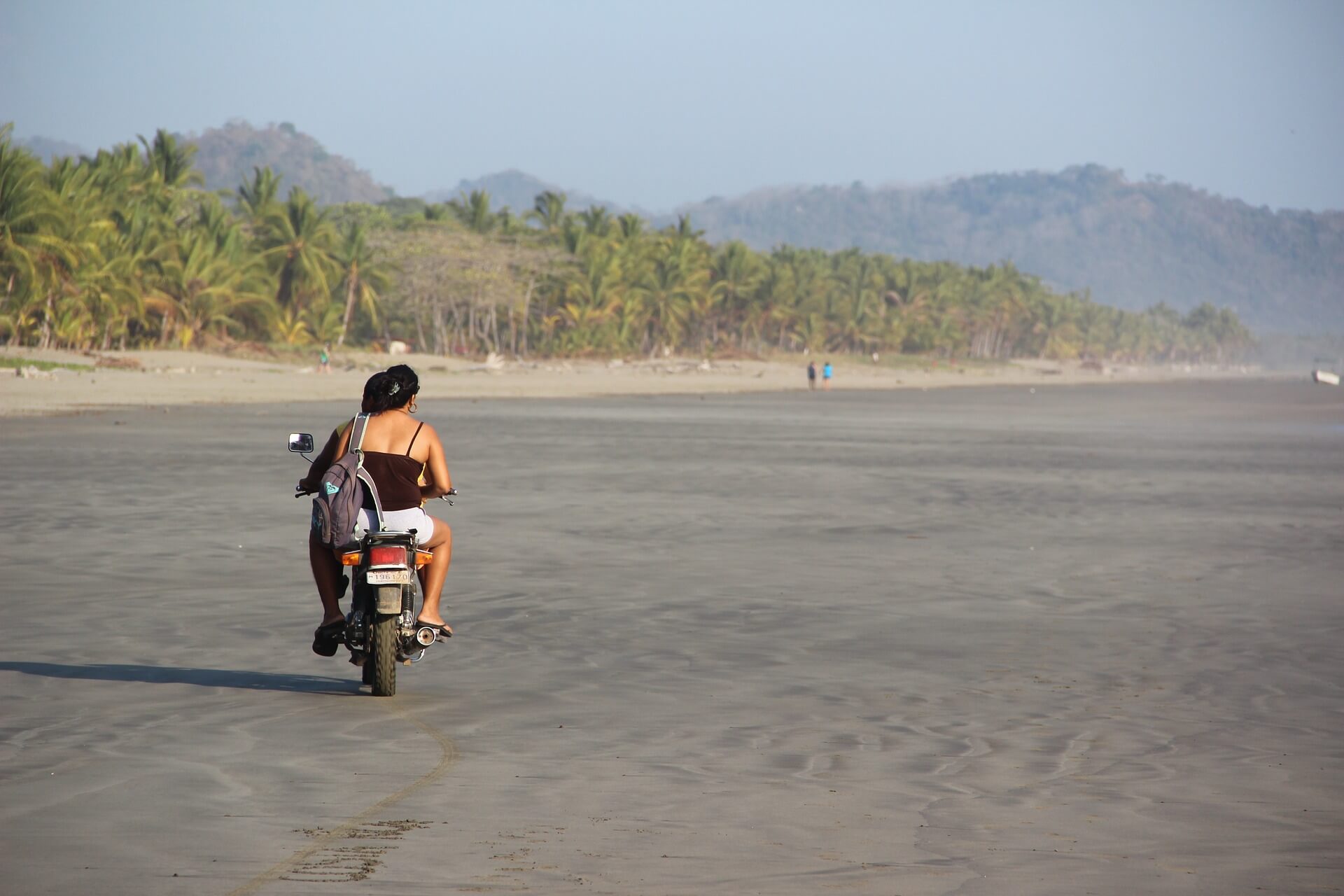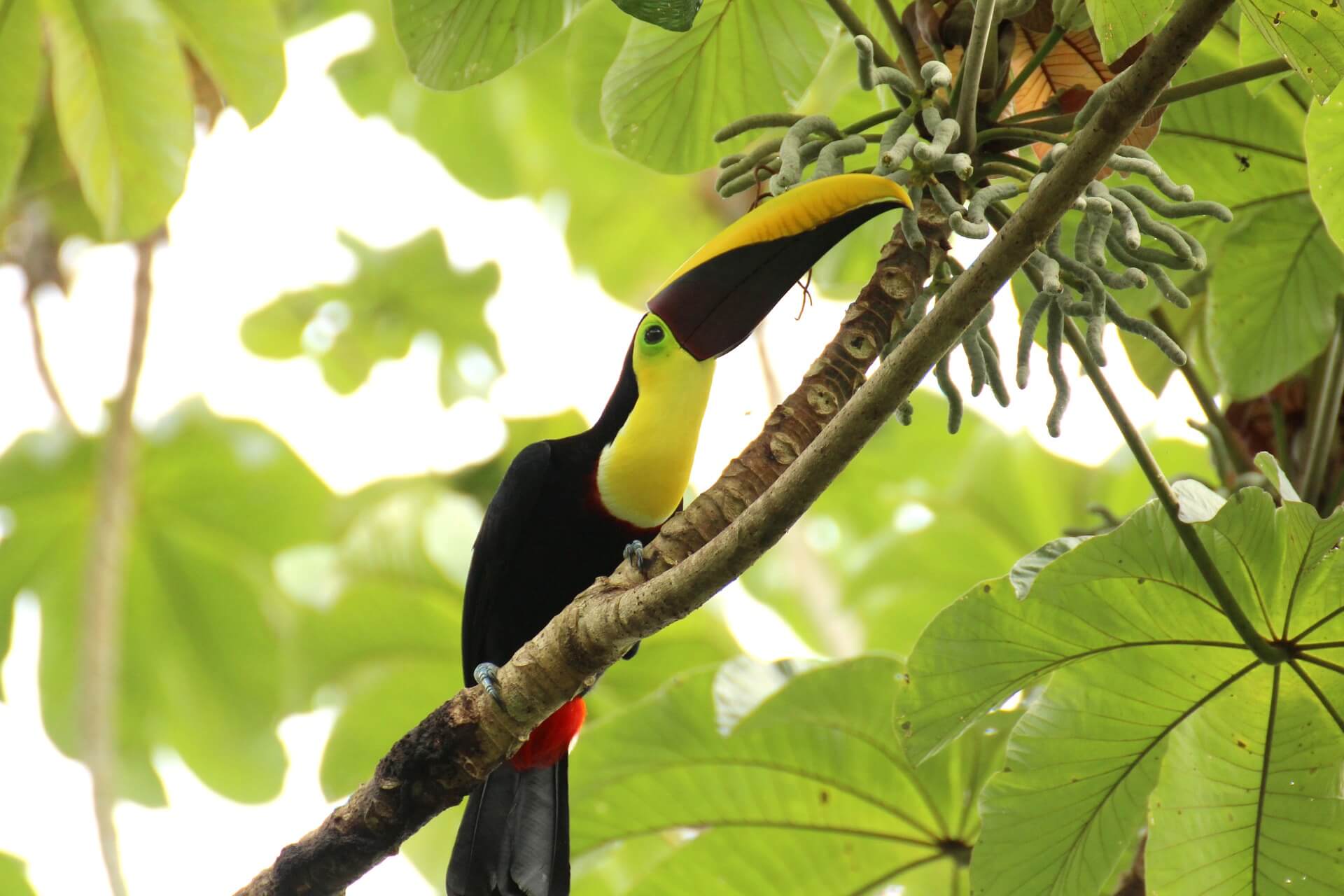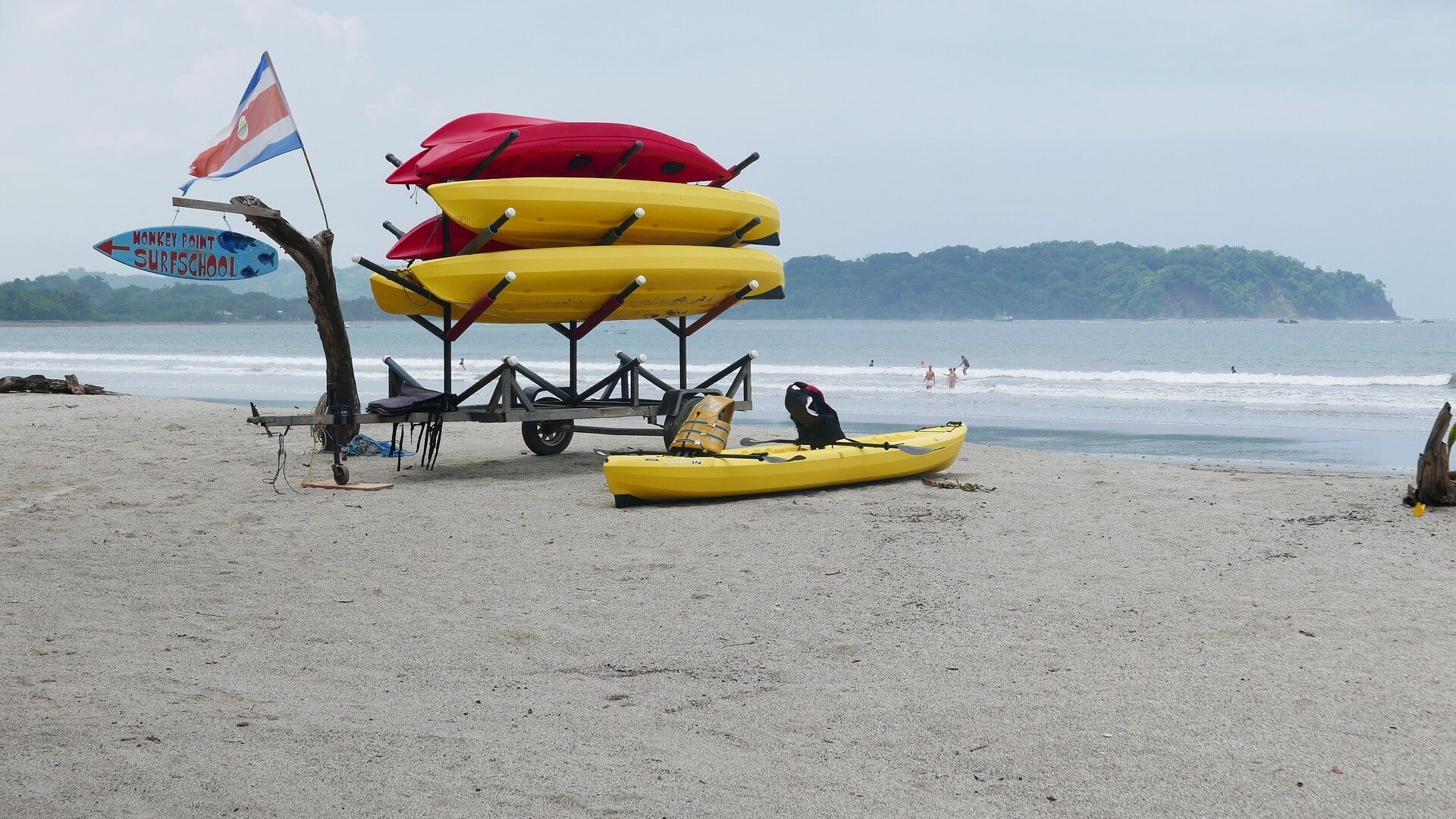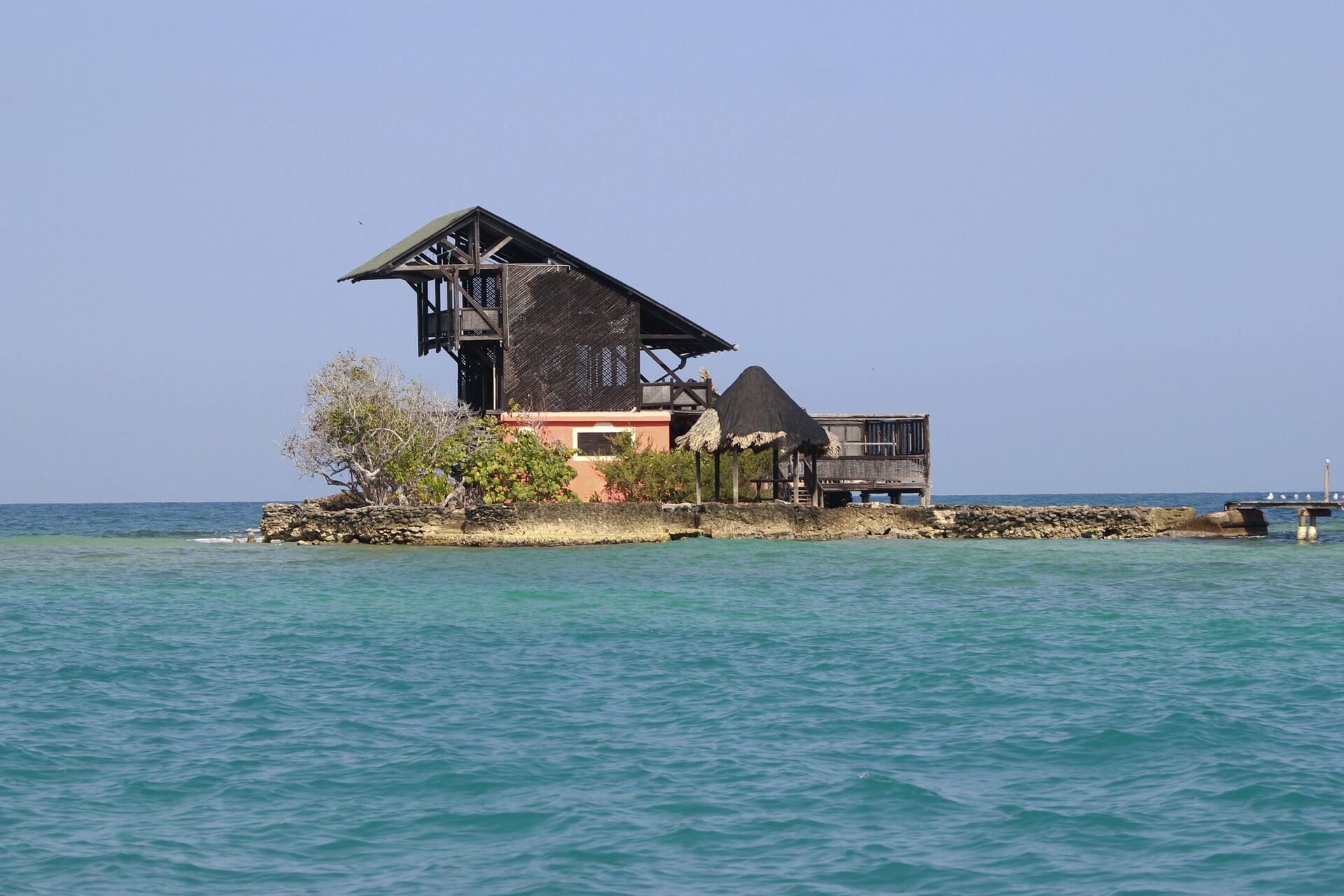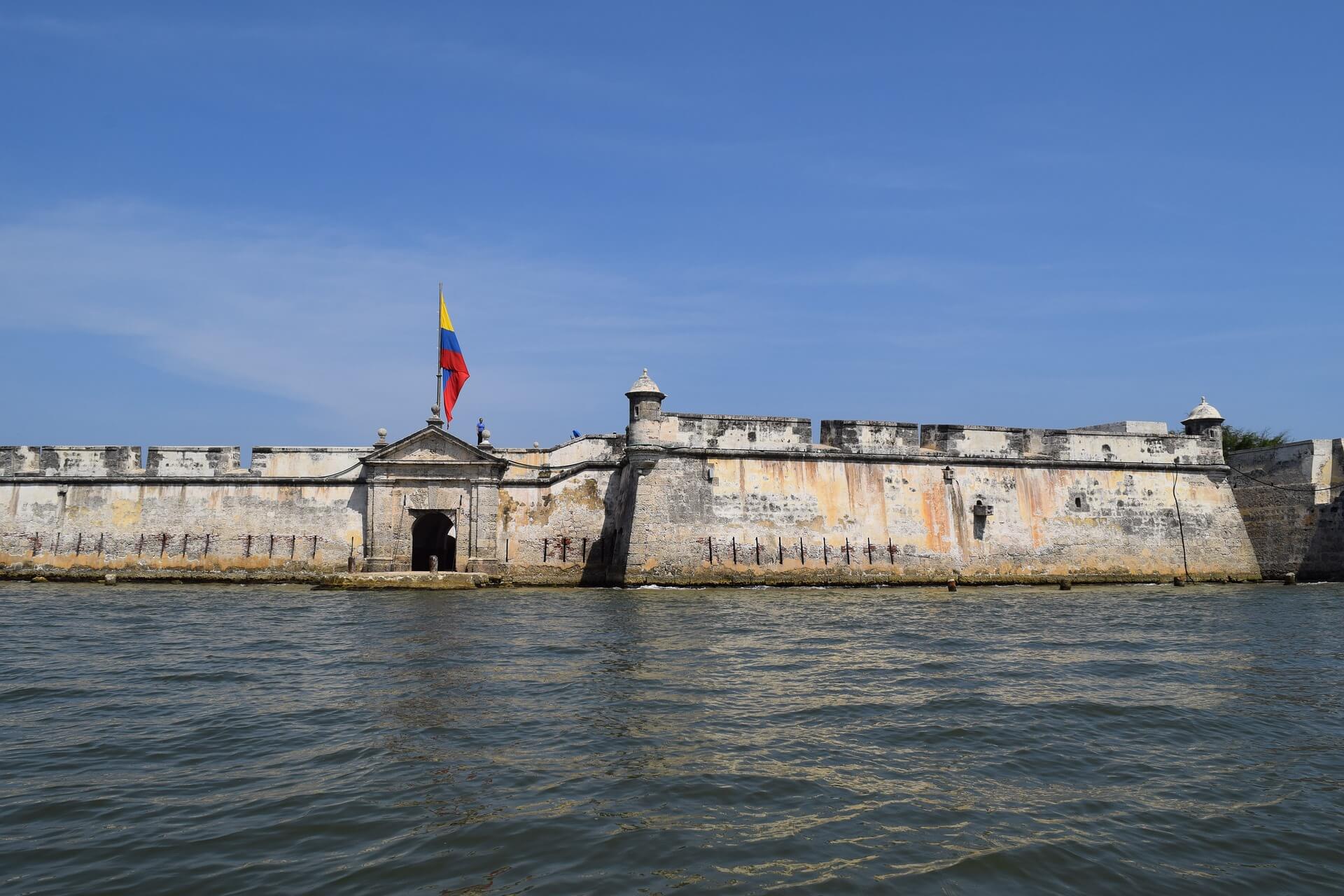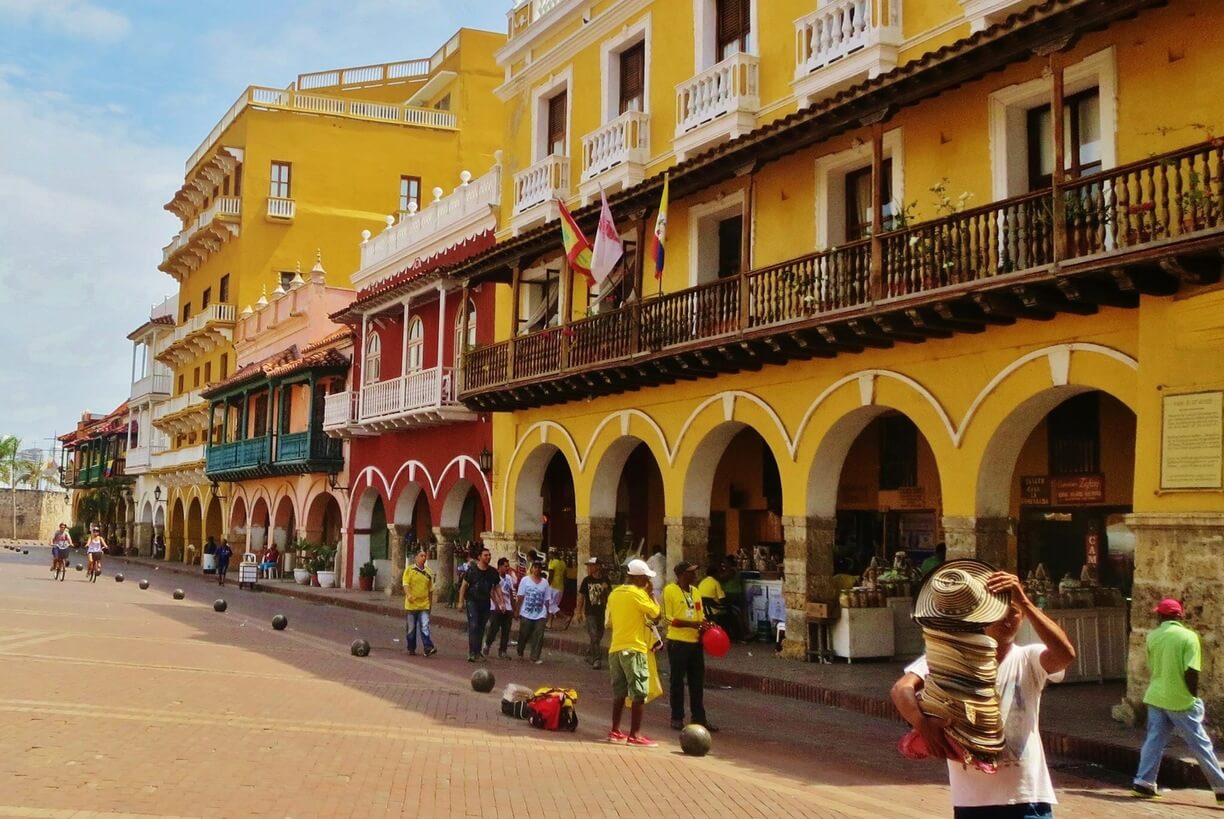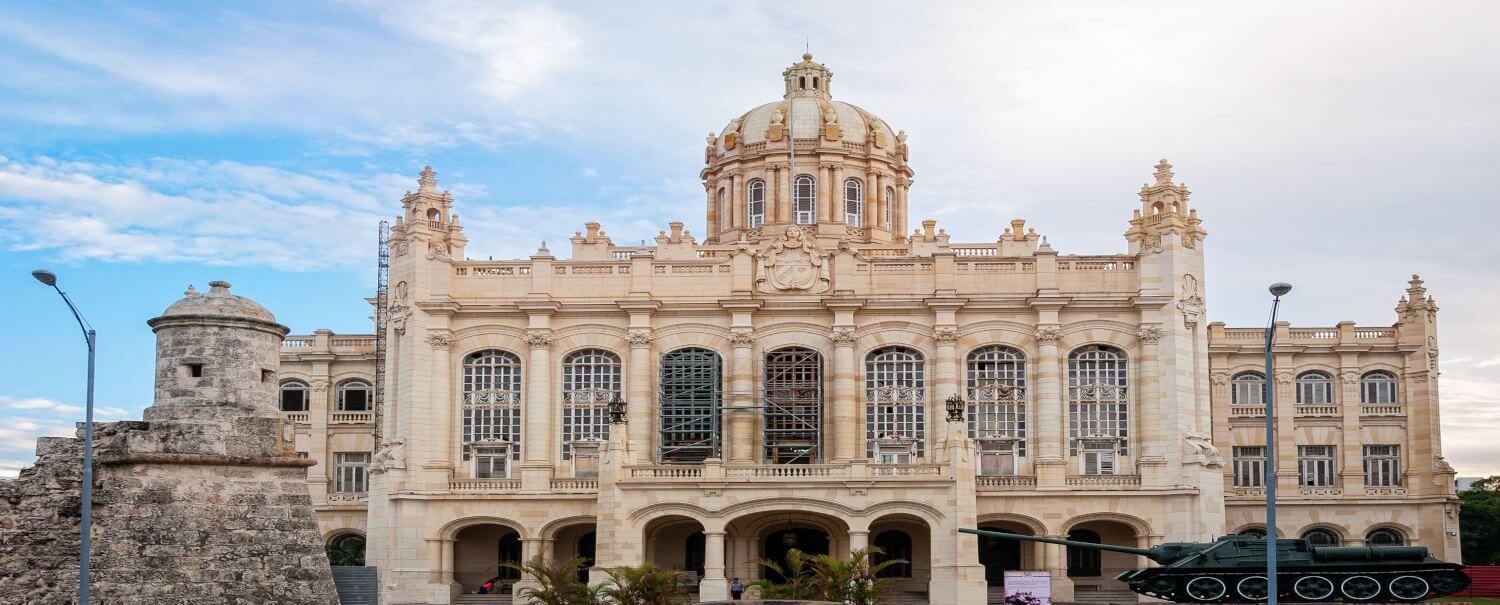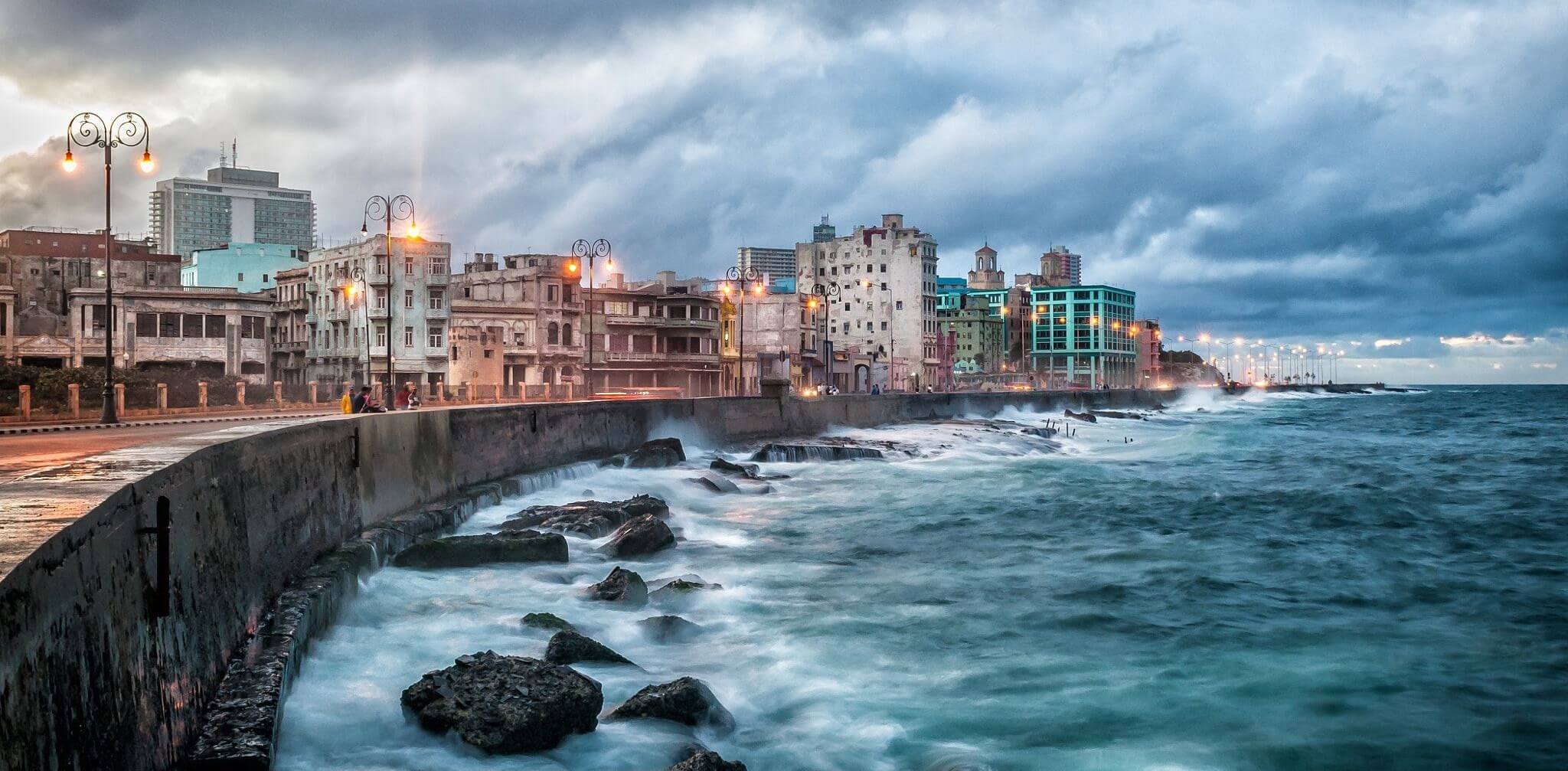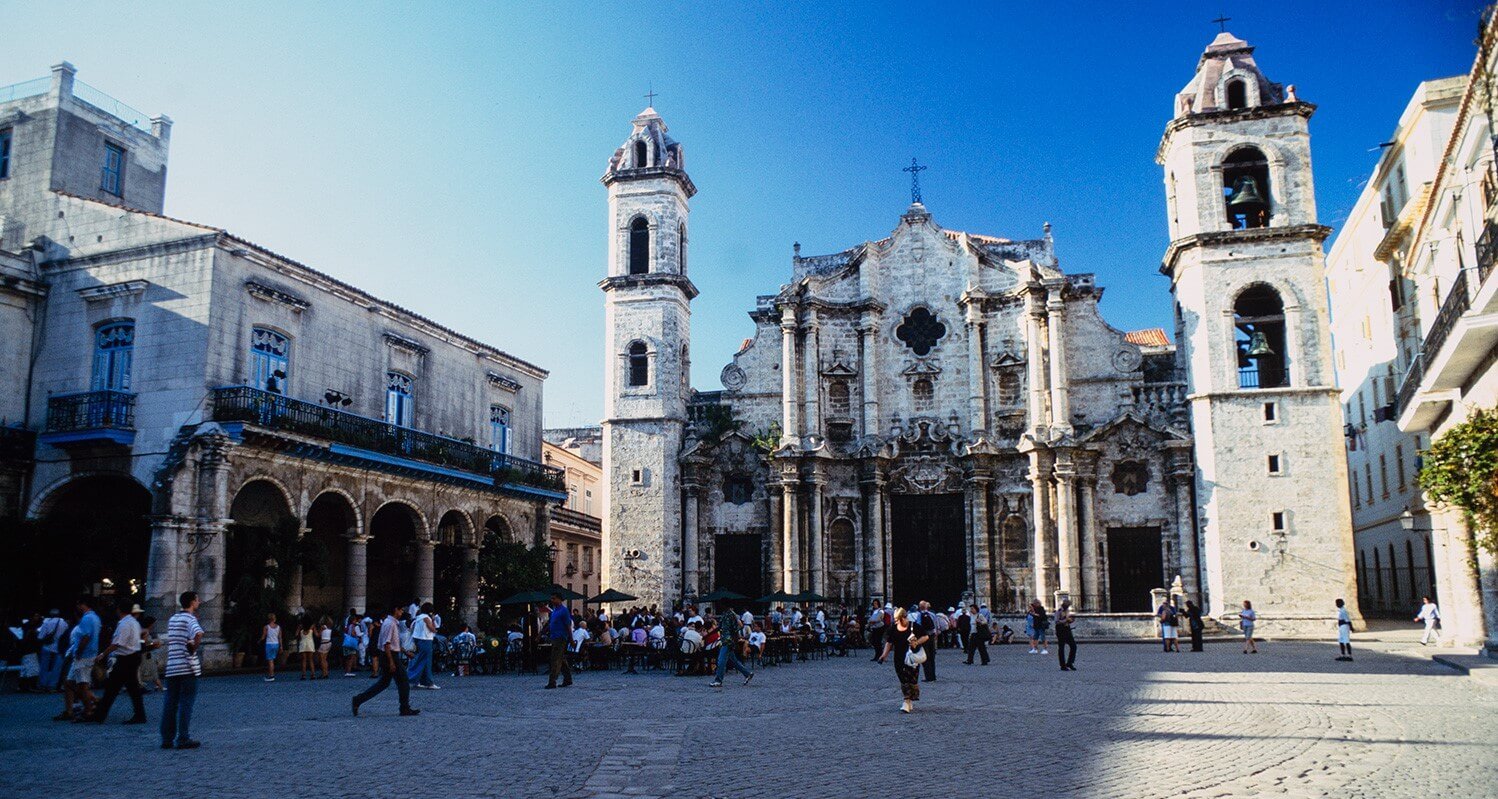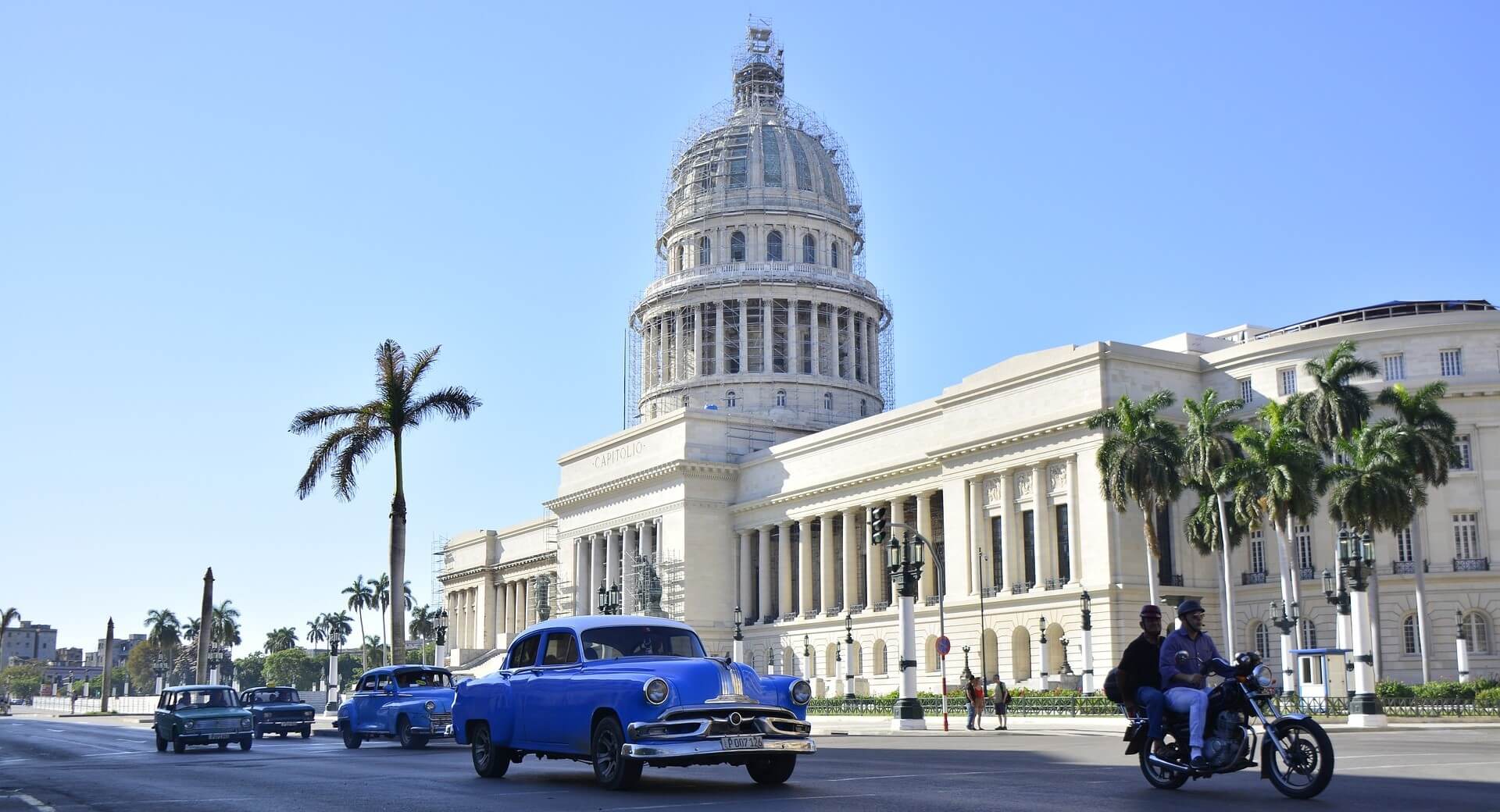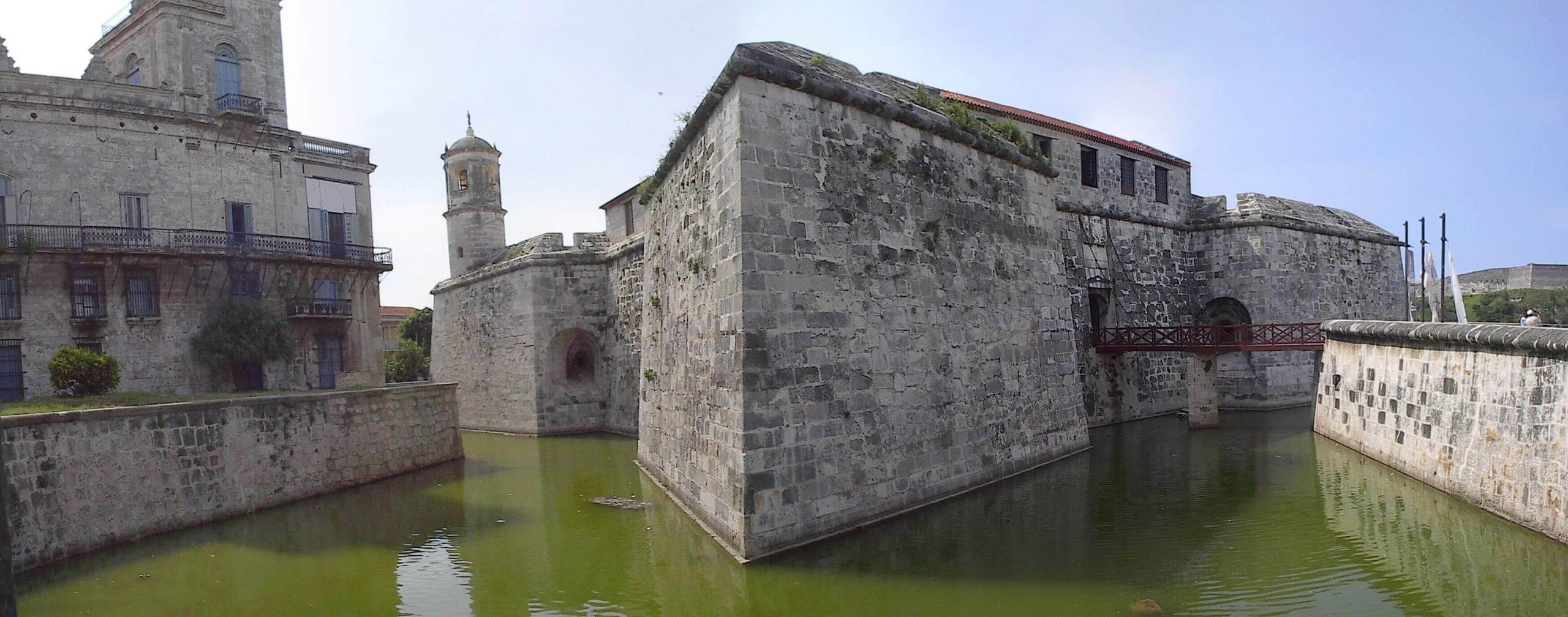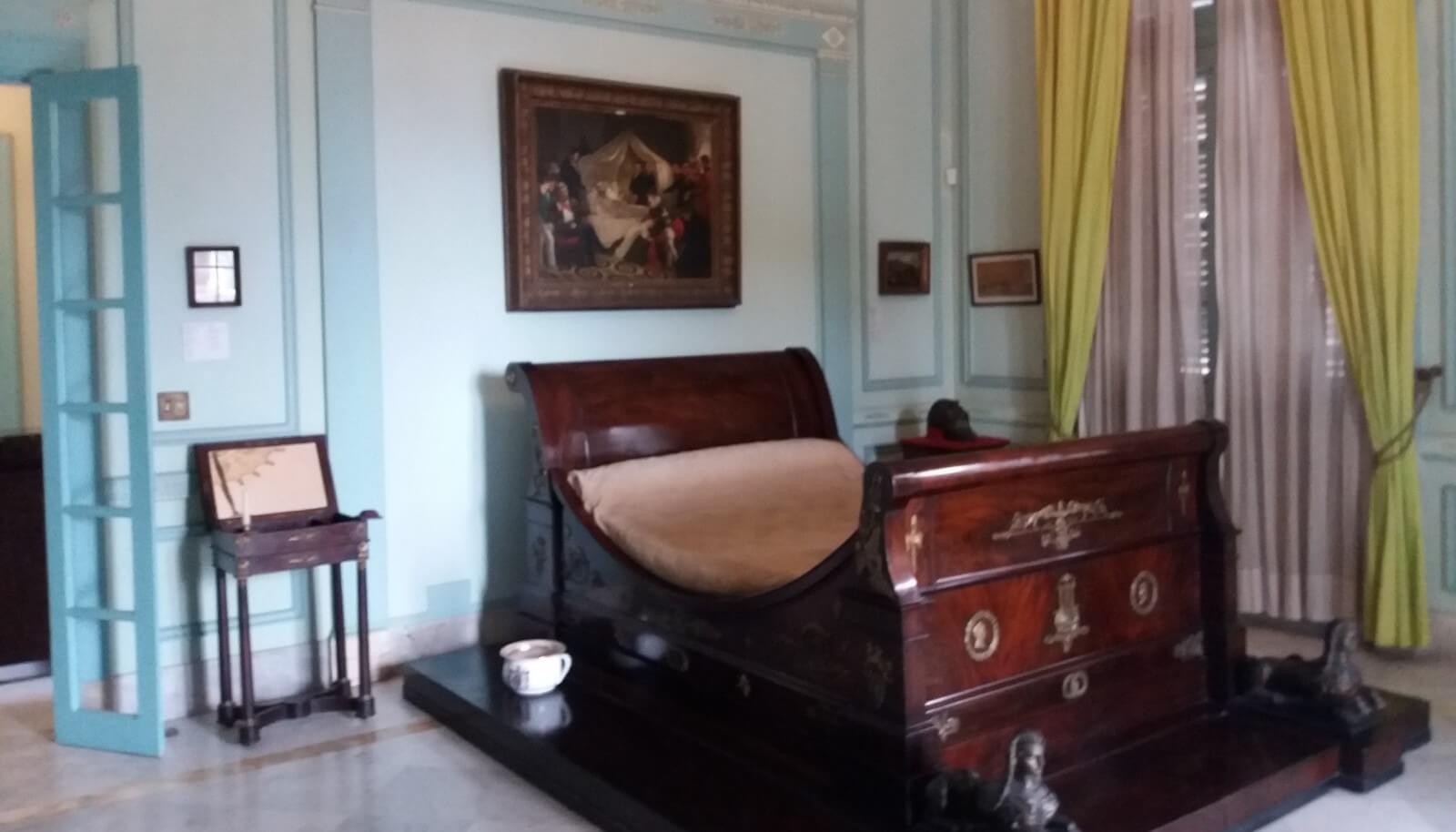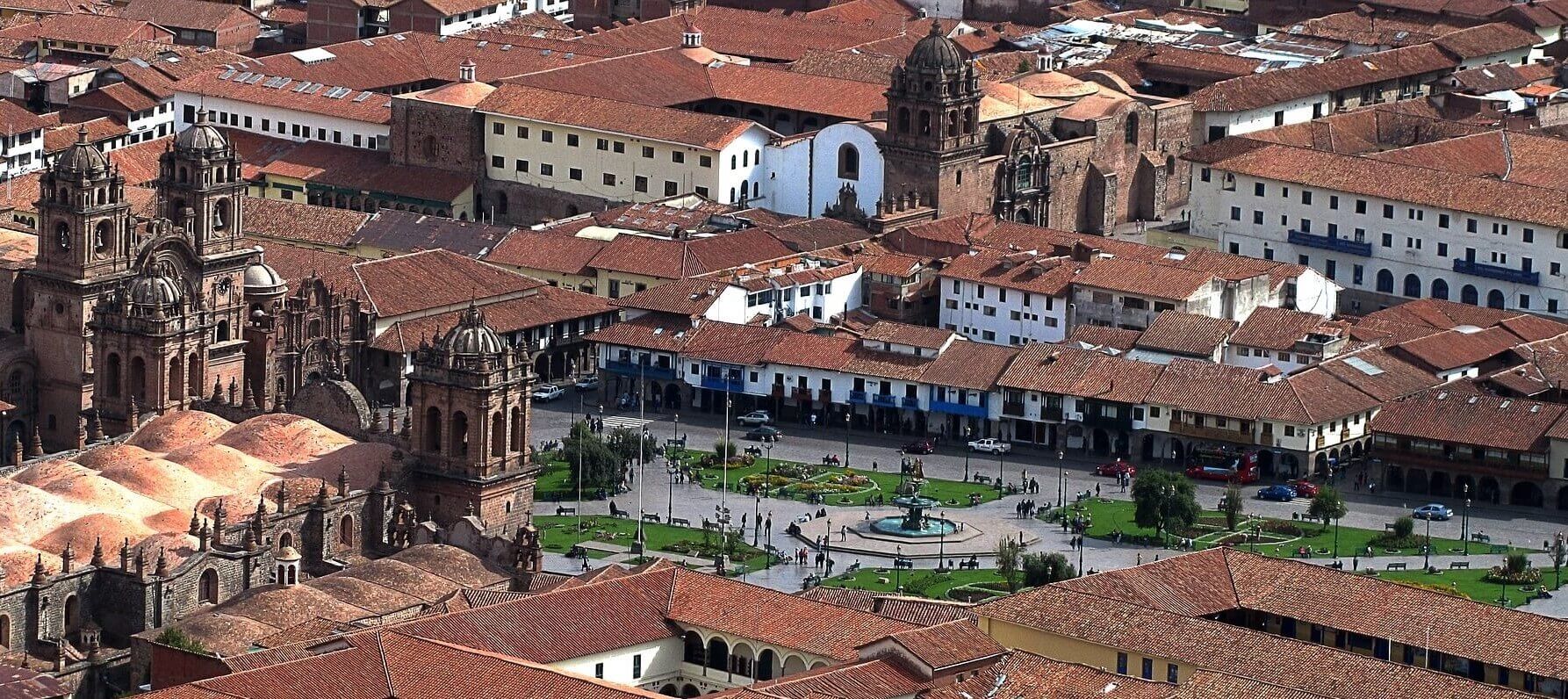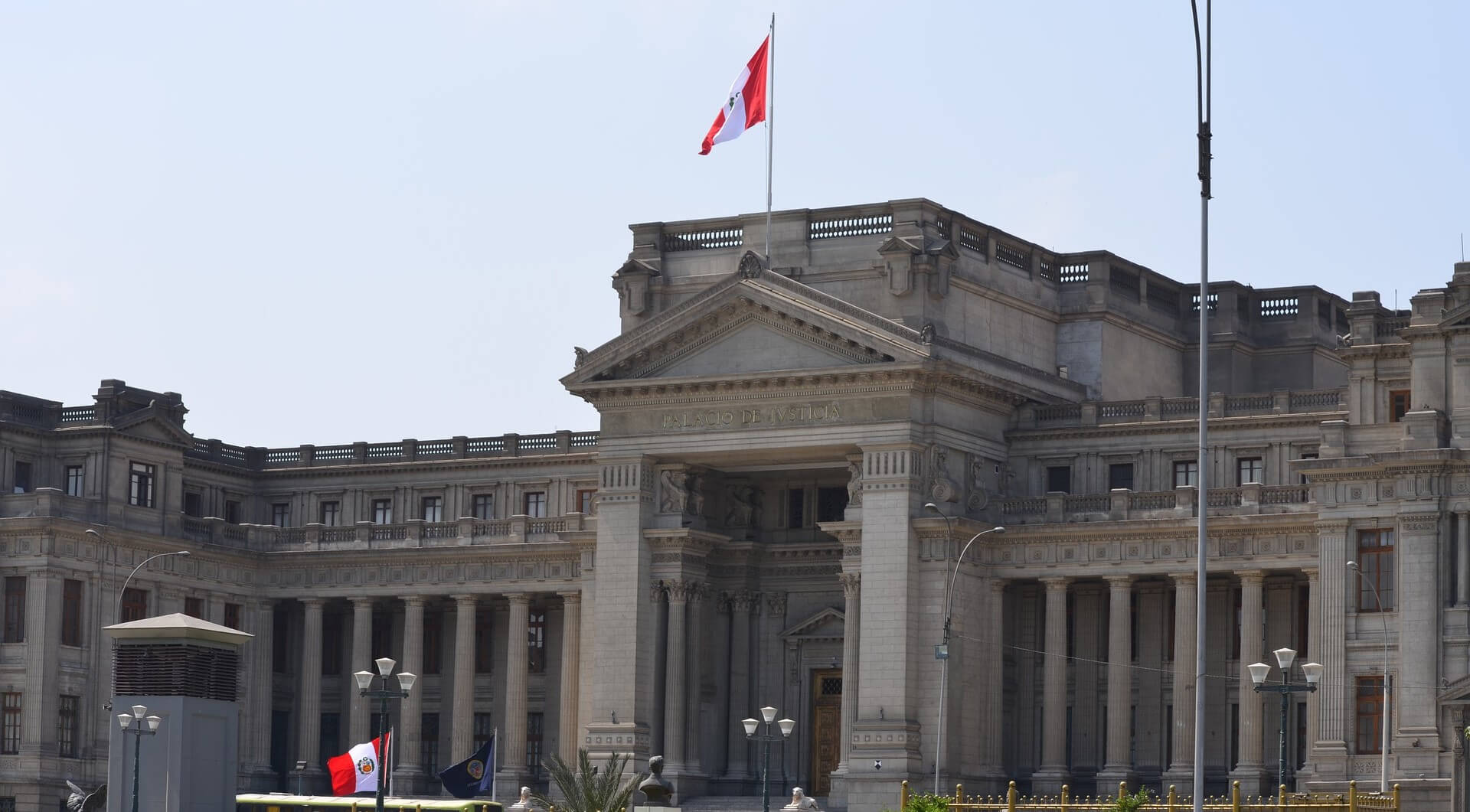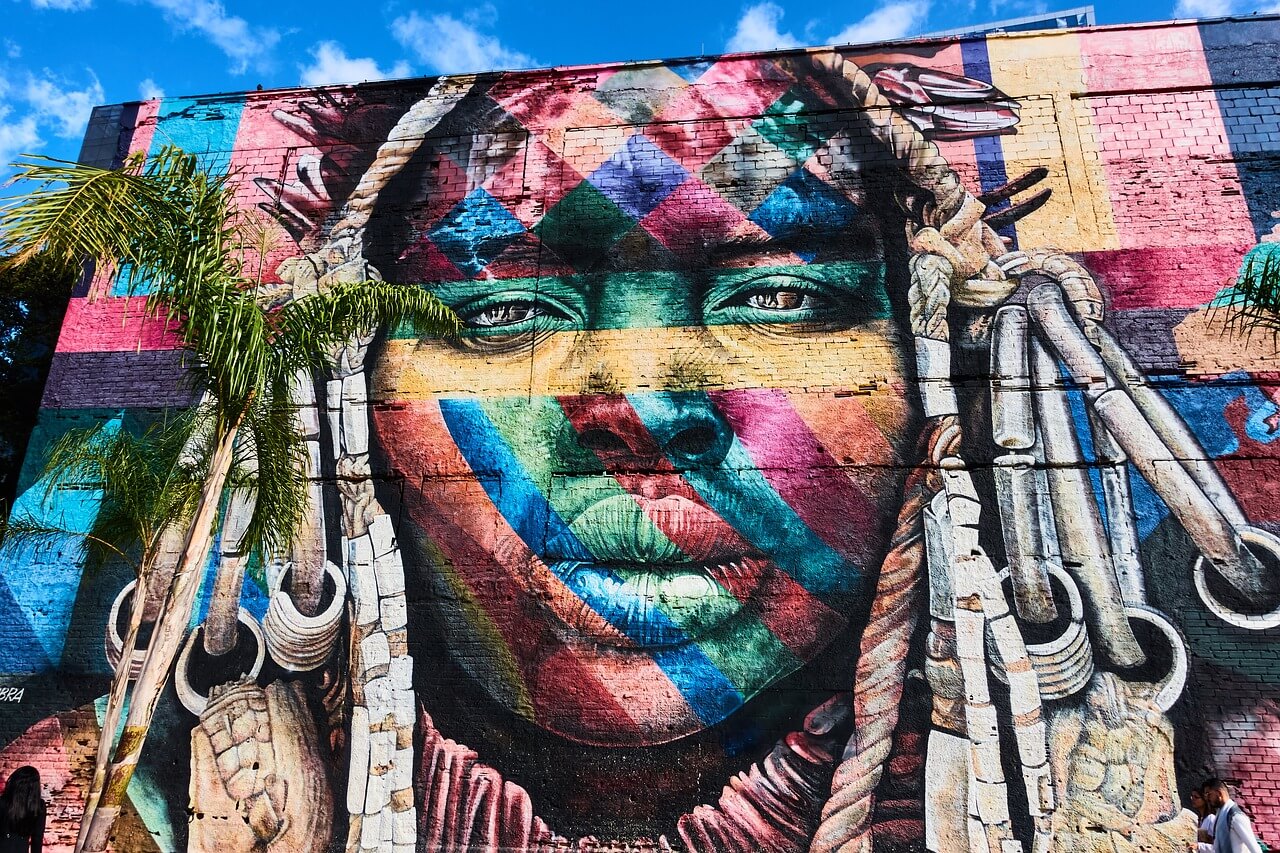
It’s no secret that planning a trip to Brazil can be overwhelming. South America’s largest economy is a sprawling, diverse nation that would take even the most avid traveler a lifetime to explore. Where to even start?
Luckily, Brazilians have an almost fanatical, legendary love of celebration, making regional festivals the obvious place to start any adventure to Brazil.
When you think of Brazil, odds are you think of Carnival, but there’s so much more to this country than just its most famous festival. Fans of folk dance should consider traveling to Brazil for the lively Festa Junina, while the Festival de Cachaca is ideal for anyone willing to brave Brazil’s iconic alcohol, cachaca. Finally, if you have an interest in Brazil’s indigenous culture, make sure you take some time out in June for the country’s second largest party, the Parintins Folklore Festival.
Parintins Folklore Festival
The small riverside town of Parintins, Amazonas, might not look like the kind of place to put on the nation’s second largest festival, but come here in June and you’ll see this Amazonian hamlet punches far above its weight when it comes to putting on a party. For three days at the end of June, Parintins erupts with energy during the annual Parintins Folklore Festival. This festival is based on indigenous Amazonian beliefs, with the centerpiece being an legend of an ox that rose from the dead. Two teams ritualistically compete in a game/drama about the legend. On the sidelines of this epic struggle, visitors can see parades, traditional dances and otherwise immerse themselves in Amazonian indigenous culture. It’s a great way to see the lesser-known side of the ethnically-diverse Brazil, and well worth the trip.
Why celebrate Oktoberfest in Bavaria when you’ve got Brazil? That might sound a bit out of place, but to say the city of Blumenau in Santa Catarina takes its Oktoberfest seriously is, without a doubt, an understatement. In mid October, this otherwise mellow city runs slick with beer, beer and more beer. Indeed, Blumenau itself was originally founded by mostly German and Italian settlers, and even today retains distinct traces of its central European heritage. After a walking tour through the city center to see the old German architecture, join the roughly million other visitors who annually descend on the Blumenau Oktoberfest for a stein or two and some authentic German grub.
Bear in mind that as previously mentioned, Oktoberfest is wildly popular, and stretches Blumenau’s tourism infrastructure to its limits. Needless to say, you’ll want to book your accommodation well in advance if possible.
Speaking of binge drinking, you haven’t had a hangover until you’ve dipped your toes in the wild world of cachaca. Brazil’s most popular alcoholic beverage isn’t particularly well known abroad, but is something of a cultural icon in the nation of its birth. It’s a bit like white rum, but don’t tell any Brazilians that (in the past, the government has lobbied internationally against attempts to classify cachaca as rum). The key difference is that while rum is made from sugarcane molasses, cachaca is produced using cane juice. The result is a flavor that’s somewhat like white rum, but with a distinct herbal twist. Even this, however, is a simplification: the world of cachaca is a wide one, ranging from artistic and exotic at the high end, to bottom shelf swill that you’d probably be better off using to clean your car engine.
There’s no better place to introduce yourself to cachaca than the colonial town of Paraty during the annual Festival de Cachaca. Within spitting distance of Rio, Paratay’s celebration of all things cachaca takes place over three days in August. Along with being ideal for sampling hundreds of types of cachaca, the festival also usually features a mix of music and samba, plus the mandatory handicrafts.
June in Brazil is pure chaos, and it’s all thanks to the Festa Junina. An adopted version of the European Midsummer festival tradition, Festa Junina was introduced by European colonists as a kind of religious/agrarian celebration. Very much a family event, the festival is celebrated all over Brazil on the last weekend of June. At the heart of the festivities is the quadrilha, a unique dance that’s closely associated with Festa Junina. In the south, bonfires are integral to the celebration. However, the real place to be for Festa Junina is in the northeast, where the end of June generally coincides with the start of the wet season. After weeks or months of drought, the celebration represents an outpouring of relief as the dry season passes. A couple of good destinations for Festa Junina include Campina Grande in Paraiba, and Pernambuco’s Caruaru. Otherwise, head to the countryside for something more authentic.
A reason to visit the country in-and-of-itself, Carnival is almost a synonym for Brazilian culture. The first week of March is a nonstop party that engulfs the entire nation with spontaneous celebration, parades, cultural events and the ubiquitous blocos (the Brazilian version of a block party).
Carnival can be celebrated anywhere in Brazil, though it’s usually the big cities that boast the best parties. Rio de Janeiro, Salvador and Recife are all good picks.
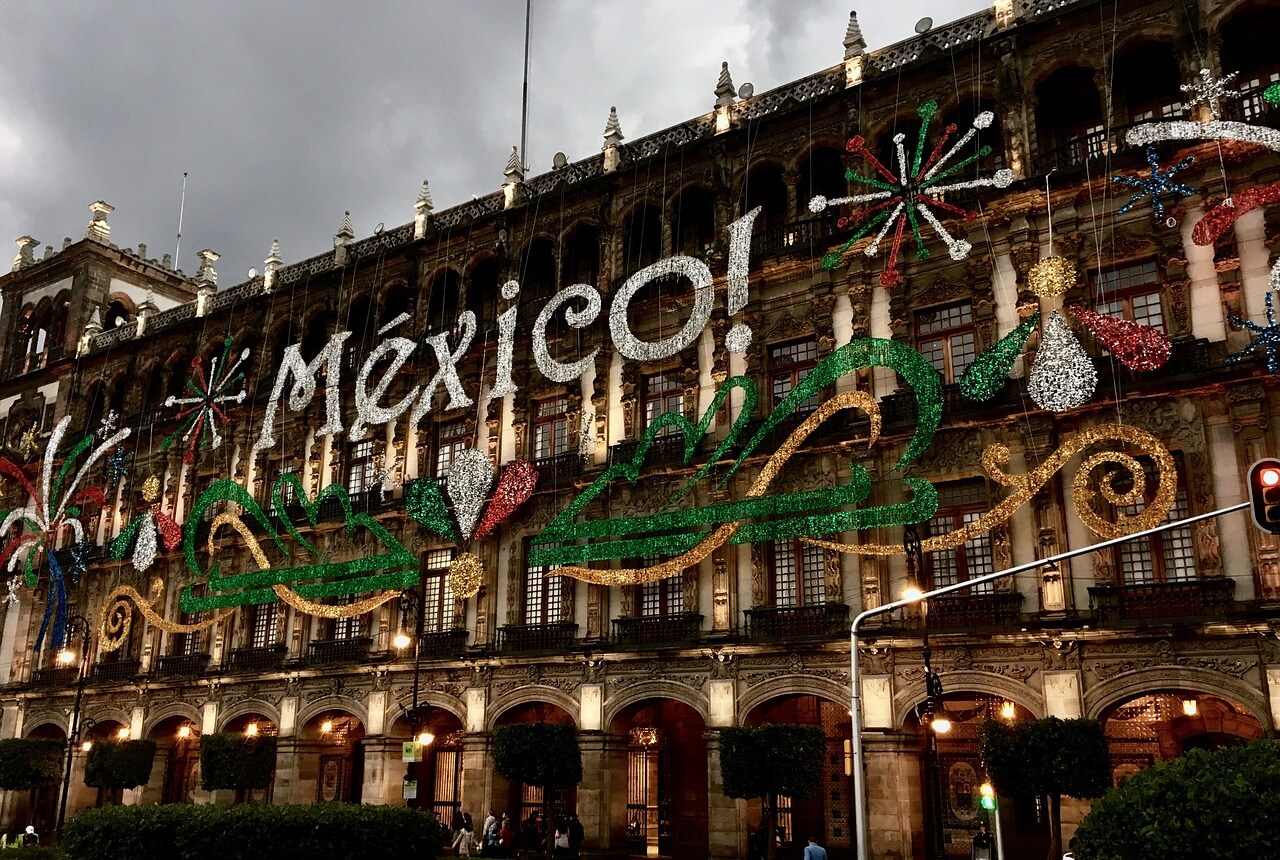
It’s impossible to run out of fascinating things to discover in Mexico City, but sometimes we all need a break from life in one of the world’s largest urban areas. Luckily, Mexico City makes for the perfect natural base for exploring the rest of central Mexico. Here are seven of the best destinations within a stone’s throw of the capital; all of which can be done as day trips.
A little over two hours from Mexico City, Puebla is home to some of the country’s most iconic foods. The exquisite, complex Chile en Nogada and the spicy/chocolatey mole poblano both hail from here, though most visitors from Mexico City tend to beeline for the tacos al pastor and cemitas. The former is a cross between a taco and a Turkish shawarma that’s somewhat unique to Puebla, while the latter, the cemita, is a Poblano-style torta bigger than your head. For dessert, head over to the Calle de los Dulces, a street in central Puebla where you can try some traditional Poblano sweets. Be warned though: we’re basically talking pure sugar here, but the cavities are worth it.
Once you’ve recovered from your food coma, make sure to visit Puebla’s historic center. A UNESCO World Heritage site, the colonial center is a grid of cobbled streets, colonial-era buildings and the imposing Puebla Cathedral. The cathedral took three centuries to construct, and its interior is unarguably more impressive than its counterpart in Mexico City. History buffs should also be sure to visit Los Fuertes, the fortified hill just to the north of Puebla’s city center. This hill was the site of the famed Battle of Puebla, when on May 5, 1862 a ragtag band of Mexican defenders fought off a French expeditionary force. If you can time your visit for the 5 de Mayo celebrations, you’ll be in for a treat of military parades around the fort.
Once a small country village, every year Cholula seems to creep closer and closer to getting lost in Puebla’s suburban sprawl. Indeed, visitors from Mexico City will have to travel through Puebla to reach Cholula, meaning both destinations can easily be done in a weekend. Along with being a good place to kick back with a michelada or two on a Sunday afternoon, Cholula is also home to the world’s largest pyramid. In terms of pure mass, the Great Pyramid of Cholula is confirmed to be almost twice the size of the Great Pyramid of Giza – though there’s some speculation it may be even larger than that. The reason you’ve never heard of the Cholula pyramid is because it’s only partly excavated. Even today, the exterior of the pyramid simply looks like a hill with an entire church built on top.
Visitors can explore the innards of the pyramid by taking a 10 minute walk though some of its excavated tunnels, before making the climb up to the church. Be aware that the tunnels are not for the claustrophobic, but are unmissable for any Indiana Jones fans.
Given the state rivalry between Puebla and Tlaxcala, deciding which has the better capital is heavy business. Sure, Puebla has an impressive cathedral, but Tlaxcala is smaller, cuter and just generally more laid back. There isn’t as much to do as in Puebla, though day trippers shouldn’t miss the curiously decorated Capilla Real de Indias, or the hike up to the Franciscan monastery on the edge of the colonial center.
If you’re craving some greenery after too long in the concrete jungle, then do as the capitalinos do and escape to Tepoztlán. Located to the south of Mexico City, Tepoztlán is very much a weekend hippie hideaway huddled in highlands of Morelos state. There’s a few must-do activities around town, such as the half day hike up Tepozteco Mountain to the pyramid at the peak, and the mandatory meander through the Sunday morning artisan market. For some serious relaxation, try temazcal, the Aztec version of a steam bath.
Home of some of Mexico’s most well-heeled citizens, Valle de Bravo has a reputation as a retreat for the capital’s upper crust. When the smog drifts over Mexico City, the rich and powerful sneak out to this quiet village on the shores of Lake Avándaro. Aside from counting Ferraris in the street, the best way to pass the time in Valle de Bravo is on the water. The village is well-equipped for water sports ranging from paddle-boarding to waterskiing. For the less adventurous, there’s also a regular cruise that takes visitors for a booze-laden tour of the lake. Meanwhile, landlubbers should take advantage of some of the excellent hiking opportunities in the woodlands outside town.
If you can, try to visit Valle de Bravo during the winter months from November to March. During these months, the nearby Piedra Herrada sanctuary becomes inundated with millions of migrating monarch butterflies.
As legend has it, in 1519 Hernán Cortés and his exhausted horde of conquistadores stopped at a mountain pass to collect sulfur from the nearby Volcan Popocatépetl. The sulfur was supposedly for making gunpowder ahead of their final showdown with the Aztec Empire. At this same mountain pass, the conquistadores caught their first glimpse of just how immense the Aztec civilization really was. Below the pass, the Valley of Mexico was the densely populated heart of the Aztec world, and hummed with the sounds of industry and agriculture. The conquistadores were apparently overwhelmed by the sight – which makes you wonder how they’d react to the view nowadays.
That spot, known called Paso de Cortés, now offers some of the best views of one of the world’s largest megacities. A hike through this mountain pass offers jaw-dropping views of Mexico City to the north, the icy peaks of Iztaccíhuatl to the east and the fiery Popocatépetl to the west. Day trippers can hike all the way to the base of Iztaccíhuatl, though you’ll need to bring a tent, crampons and a good amount of mountaineering experience to hit the peak.
For more mountains, take the two hour trip out to Nevado De Toluca. This extinct volcano boasts two brilliantly colored crater lakes, and days of hiking opportunities. Be sure to arrive as early as possible though, as this is an extremely popular destination for day trippers from Mexico City.
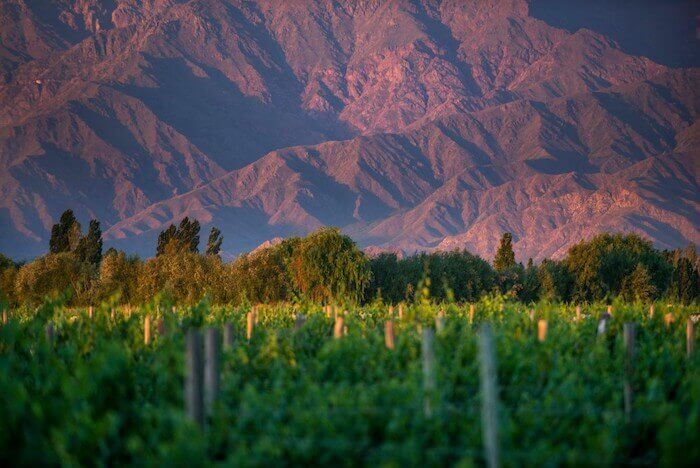
There’s plenty of reasons to visit Argentina. The Andes beckon to hikers, while Buenos Aires calls to culture fans with its vibrant tradition of dance and performing arts. Adventure tourists needn’t look further than the awe-inspiring Parque Nacional Los Glaciares, not to mention the mysterious southern frontier of Tierra del Fuego.
Oh, and then there’s the wine.
There’s no shame in sloshing your way through Argentina, which competes with neighboring Chile for the Western Hemisphere’s best wine. Wine is produced throughout the nation, with each region offering its own flavors and character, not to mention opportunities for adventure beyond the bottle.
So brace yourself: wine-tour is coming.
Salta and the Calchaquies Valleys
Argentina’s mountainous north west is brimming with opportunities for hikers, mountaineers and nature lovers. There’s no better base for exploring this wild landscape than Salta, the tourist hub of the north. Indeed, there’s good reason why locals often refer to this colonial city as Salta la Linda (Salta the Pretty). This well-preserved historic town has a dramatic Andean backdrop, and also happens to be one of the best places in Argentina to catch a glimpse of the country’s indigenous culture.
Wine lovers, however, should beeline for the nearby Calchaquies Valleys, which itself is arguably Argentina’s second largest wine producing region. The region is dominated by the Torrontes grape, which thrives in the cold, dry highlands of Calchaquies. These uniquely Argentine grapes make for whites with extraordinarily smooth textures and mild aromas. Expect aromas of peach and apricot that are perfect for fans of gentle, soft whites.
While you’re in the region, don’t miss the wine town of Cafayate, which is as mellow as a glass of Torrontes. While ideally you’ll want to rent a car to get the most out of the wide expanses of wilderness here, it’s easy enough to soak up the scenery on foot or by bike. Bicycle tours are wildly popular for a reason, and from Cafayate you can cycle between vineyards, stopping occasionally to sample those easy-to-drink Torrontes. Motorists and the more ambitious cyclists should consider hitting up either the Quebrada de Cafayate or Quebrada de Humahuaca – both of which are easily among the best drives in the country.
Also in the north west, Catamarca is far less established than Calchaquies and its surroundings. Until around a decade or two ago, this region was primarily known for producing raisins, with high quality wine grapes being largely out of the question for this remote region for most of its history. Dry, bleak and rocky, Catamarca just never seemed to be able to catch up to its bigger vino siblings, Salta and La Rioja. That all began to change a generation ago, when viticulture began to take root along the shoes of the Abaucan River. The tough, arid conditions in this distant corner of the country mean that vines produce few clusters, resulting in extremely limited harvests. However, it also means that the few grapes that do grow are of particularly high quality.
As with Salta, Catamarca is good for Torrontes, but the real reason to adventure out here is for the outrageously rich Syrah.
While Salta likes to claim it’s Argentina’s second largest wine growing region, San Juan churns out roughly the same amount of the good stuff. Whichever claims the silver medal in terms of raw output, it’s indisputable that San Juan is home to Argentina’s most elite wines. Hot and dry, San Juan has traditionally been known for its high quality (and high priced) reds, particularly Syrah and Bonarda (Charbono). Nowadays, however, Malbec and Viognier are gradually replacing the past generations of Bonarda and Syrah, making for an increasingly diverse region. Whatever you go for, expect intensity; San Juan is all about concentrated, almost overwhelmingly flavorful reds.
If you can drag yourself away from San Juan’s vineyards and wine bars for a day, do yourself a favor and check out the Ruta del Olivo. This popular tourist trail takes visitors on an adventure through the region’s other major industry, olive oil. Along with a lively museum, you can also visit the olive farms and factories to see every step in the oil manufacturing process.
Argentina’s most well-known wine region consists of the twin districts of Valle de Uco and Lujan de Cuyo, and boasts over 300,000 hectares of glorious vineyards stretching from the base of the Andes to the far horizon. Over 1,200 wineries call Mendoza home, including many of the country’s most recognizable names, like Carmelo Patti and Clos de los Siete. Expect a massive variety, from Cabernet Sauvignons to Merlots, Torrontes to Malbecs.
Avid fans of Argentine wine should start at Bodega Catena Zapata and its unique, pyramid shaped winery surrounded by vines. This is the winery that put Argentine wine on the map in the early 20th Century, and their tours are some of the most informative in the region. The nearby Bodega Salentein likewise is steeped in history, and their vast underground cellar is worth a visit in and of itself. While you’re there, consider taking a side trip to Cacheuta in Lujan de Cuyo for the Parque de Aqua Termal. After a day of sampling the local produce, there’s no better way to mellow out than in the local thermal springs.
Located in the mid-south of the country, Rio Negro is the southern-most frontier of the Argentine wine world. Considerably cooler than other wine regions listed here, this is a land of Patagonian wilds centered around the river of Rio Negro. This river is created by meltwater from the Andes, which was exploited in the early 19th Century by British colonists. These pioneers dug out a network of canals on the flanks of the river, carving out a stretch of green in the otherwise harsh desert environment. Along with apples and pears, the region also produces grapes ideal for Sauvignon Blanc, Malbec and Pinot Noir. Of note are the whites here, which tend to feature unique, mineral-esque aromas that you won’t find anywhere else. This is especially true of the Sauvignon Blancs and Semillons. Bear in mind that viticulture is relatively new here, and as such wine tourism infrastructure is much more limited than what you’d expect from the likes of Mendoza, San Juan and Salta. You’ll also need a car, as distances between wineries are pretty considerable around here.
To travel the vast distances of this region, consider using the provincial capital of Neuquen as a base of operations. There isn’t too much to do here, though the Museo Nacional de Bellas Artes is worth a few hours of your time before you head out to the vineyards. In terms of wineries, Bodega Charca, Bodega Humberto Canale and Patagonia Vinos are all worth visiting.
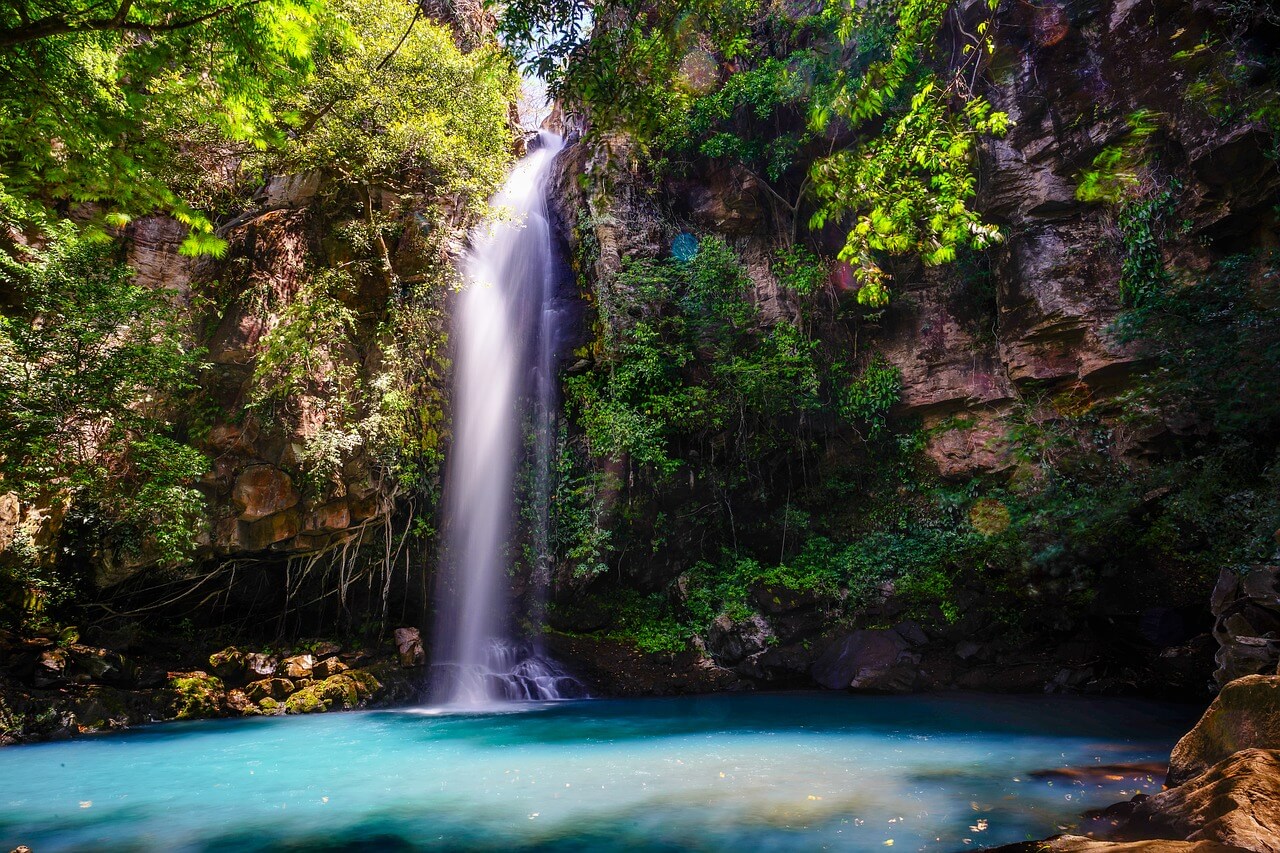
It’s hard to pinpoint exactly what makes Costa Rica the happiest country in the world, and that’s because there’s just so many reasons for the denizens of this tiny country to celebrate. With some of the highest living standards in the region, Costa Rica can perhaps best be described as the Switzerland of Latin America for its peace and prosperity. Or is it better described as the Borneo of Central America, for its biodiversity and outstanding opportunities for eco-tourism? Or how about the Denmark of Central America, due to Costa Rica’s environmentally-conscious economy? Or how about be ditch comparisons all together and admit that when it comes to beaches, Costa Rica is in a league of its own. This slender strip of isthmus has more beaches than borders, and puts postcards to shame with that smooth white sand and turquoise waters. So when it came to deciding on which country deserves our Experts’ Choice Award for Best Beach Destination for 2019, we just couldn’t pass up Costa Rica.
Costa what?
Good luck finding Costa Rica on a map. Sandwiched between Nicaragua and Panama, this humble country rarely makes international headlines. When it does, it’s often for one of Costa Rica’s numerous environmental achievements,
Such as its ambitious plan to become the world’s first zero emissions nation. While many of its neighbors struggle with insecurity, corruption and violence, Costa Rica has spent the last few decades quietly building a paradise at the crossroads between North and South America. It’s so peaceful that since 1949, the country has proudly boasted a constitution that bans the creation of a standing army. It’s peaceful attitude was recognized in 1980, when the United Nations opted to base the U.N. University for Peace in Costa Rica. Nonetheless, Costa Rica isn’t quite perfect, and in early 2019 an uncharacteristic spike in violent crime led the Canadian government to warn its citizens to exercise caution while visiting the Central American country. Since then, Costa Rican authorities have announced a crackdown on violent crime and illegal arms. Despite this, you’ll find locals in Costa Rica are generally open, gracious people.
Of course, Costa Ricans (or Ticos, as locals refer to themselves), don’t just love each other; they also care deeply for the environment. A deeply ingrained culture of conservationism has taken root in this country ever since the 1950s, when American Quakers flocked here to create their own de-industrialized utopia. By 1972, the Quakers had created their own bio-reserve with virtually no government or corporate backing.
Since then, Costa Rica’s conservation movement has exploded, and today the country has around 160 protected areas, ranging from volcanic highlands perfect for hiking, dense jungle teeming with unique wildlife, and marine reserves that will take the breath away from even the most seasoned of scuba
Manuel Antonio National Park
veterans. Whether land or sea, wherever you go in Costa Rica you can expect to be blown away by the unparalleled biodiversity. Costa Rica contains an estimated 5 percent of global biodiversity, despite comprising barely 0.03 percent of the world’s surface. Arguably the most popular place to experience Costa Rica’s natural environment is the Manuel Antonio National Park, with its diverse range of seaside ecosystems that feature colorful toucans, screeching macaws and adorable sloths. It also happens to be the most well-visited beach in the country.
Alternatively, head to the highlands for the Volcan Arenal National Park. The centerpiece of this reserve is the active Arenal volcano, which is surrounded by lush jungle and hot springs. Otherwise, birdwatchers should flock to the Mixto de Vida Silvestre Romelia National Refuge, where you might be lucky enough to catch sight of the rare rare waterfowl. An even better reason to visit is to see the Olive Ridley sea turtle, which uses this reserve as one of just a few known nesting grounds. True adventurers, however, shouldn’t miss the Volcan Rincon de la Vieja National Park. Dominated by the boisterous Rincon volcano, the park bubbles with hot springs, fumaroles and steaming mud pots.
Beaches, beaches and more beaches
No visit to Costa Rica would be complete without a couple of lazy beach days. Along with the afore-mentioned Manuel Antonio National Park, the surf town of Tamarindo is as flavorsome as it sounds. Find yourself a cozy beach hideaway like the humble Tamarindo Inn, and hit the surf. Otherwise, for something really unique, pay a visit to Flamingo Beach, which gets its name from the unusual pinkish hue of the sand. Finally, consider ending your trip with a mind-blowing flyover tour of the Marino Ballena National Park. This beach is best known for its shoreline shaped like a whale’s tail, and is best seen from the skies.
Wherever you go in Costa Rica, you’ll find rest and relaxation on some of the world’s best beaches, and exhilarating ecological experiences throughout the well-preserved jungles, highlands and shores of the gem of Central America.
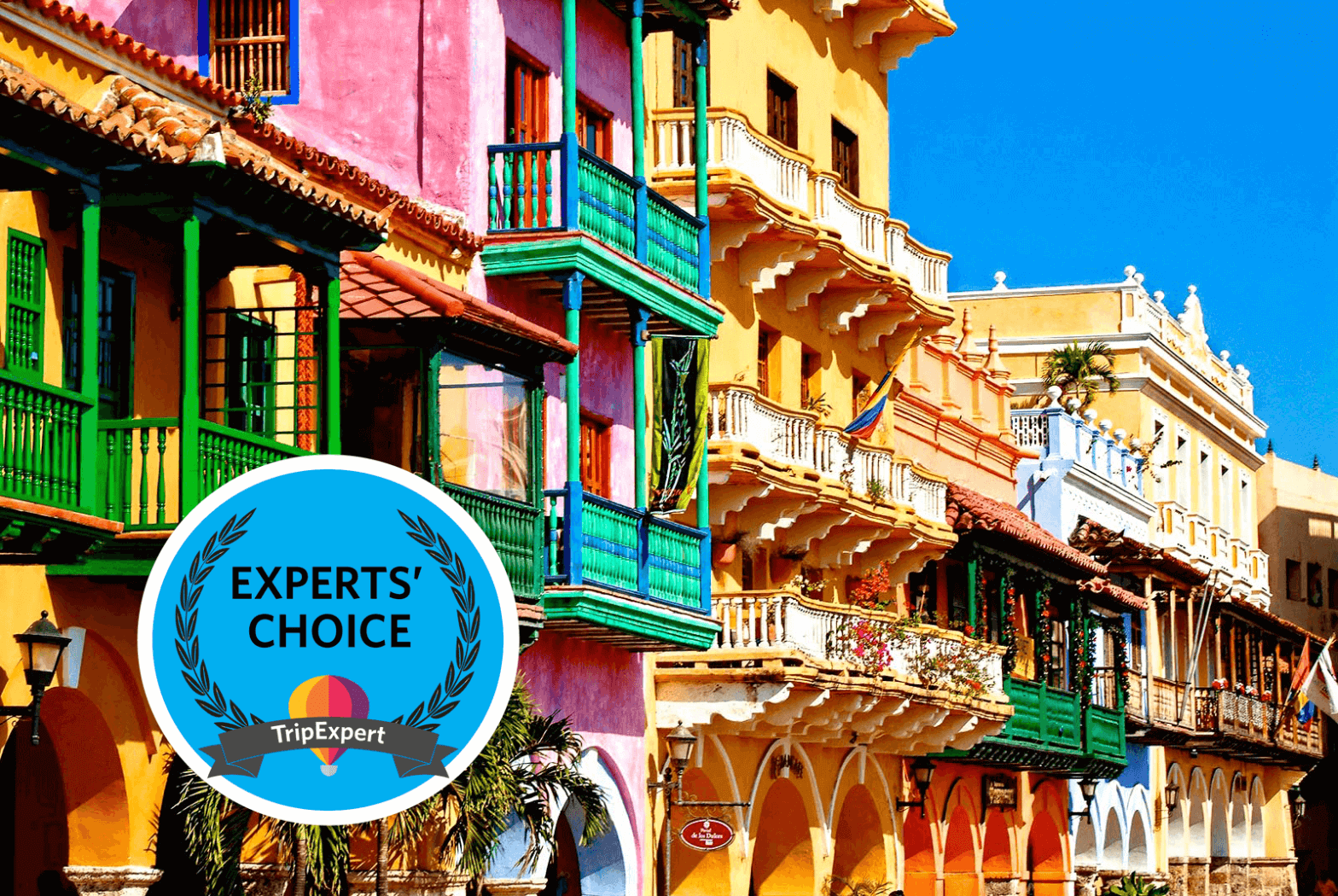
The winner of our 2019 Experts’ Choice Award for Best of Central & South America is Cartagena, Colombia. No destination will ever satisfy every variety of traveler – except perhaps for Cartagena. Is it a colonial city, or a beach resort? A family destination, or a launching pad for exploring Colombia’s wildest reaches? The answer is simple: all of the above, and more. Indeed, ask a hundred travelers what they like about Colombia’s premier destination, and you’ll get at least a hundred different responses. History buffs can be let loose for days exploring the old town with its world-class mix of museums and colonial-era relics, while sun seekers have some
of Colombia’s best Caribbean beaches to make use of. It’s a party town, but keeps things classy enough to not quite feel like it. As for outdoors people yearning for the hiking trails of Cuzco, Cartagena itself is just a stone’s throw from jungle ruins that make Machu Picchu look like a spring chick.
Oh, and did we mention all this is less than three hours from Miami? Thanks to a new(ish) crop of direct flights from North America, Cartagena is closer than ever before. It’s for these reasons that Cartagena has scooped up our Experts’ Choice for best destination in Central and South America for 2019. So whether you’re looking for an easy weekend escapade or an invigorating first stop on a trek through South America, Cartagena is now the undisputed gateway to the continent.
Of course, this status really isn’t as new as it might seem; in a way, Cartagena has always been the doorway to South America. Founded in 1533, the city began life as one of the most important ports in Spain’s New World empire. Here, gold and silver flowed in from Peru and Bolivia, before being loaded into galleons bracing for the Atlantic crossing. Coming in the other direction, a motley morass of conquistadores, merchants, drifters, slaves and rebels passed through Cartagena on their way to the uncharted reaches of the New World.
Buccaneers and Lost Cities
All this economic activity quickly drew the attention of pirates, and throughout much of its history Cartagena was forced to remain on constant guard against attacks from the sea. To keep the pirates of the Caribbean at bay, Cartagena’s colonial overlords constructed not only the city walls that remain today, but also the imposing San Felipe de Barajas Castle. Constructed over the course of a century, San Felipe is widely considered the greatest fortress ever built by the Spanish Empire, and a marvel of military history. To really get a good overview of the city though, head up to the 17th Century Convento La Popa de la Galera, which is perched on a hill overlooking Cartagena. Afterward, don’t miss a date with La Cevicheria, which serves up the tangiest ceviche in town, and was featured on Anthony Bourdain’s No Reservations. Despite the name of the show that made this cramped little place famous, you will indeed need a reservation to score a table. For something more popular, consider a stroll over to the quiet, leafy Plaza de San Diego. Lined with multi-colored colonial houses, the plaza is also the best place to try an arepa, the corn dough snack beloved by Colombians and Venezuelans alike.
After lunch, you’d better make time to run Cartagena’s gamut of museums, starting with the informative Museo Historico de Cartagena de Indias. Then, get a taste for gold fever at the Mueso del Oro Zenu. While not quite as impressive as its counterpart in Bogota, this gold-themed museum is nonetheless breathtaking with its fascinating array of both pre-hispanic and colonial-era pieces. For dessert, meander towards the picturesque Plaza de los Coches, where on the way you should run into the Portal de los Dulces. Here, you can snack away on sugary Colombian treats, including coconut munchies in all their forms.
For more street food, pay a visit to the Mercado de Bazurto, which offers both cheap eats and exotic foods. Consider steering clear of the cooked turtle though, which is highly discouraged by authorities despite being a traditional meal for many Indigenous Colombians. Once the hustle and bustle gets too overwhelming, take a trip to the beach, or arrange a tour to Ciudad Perdida (The Lost City). With a name that sounds like it was pulled straight from a pulp adventure comic, Cuidad Perdida features 169 terraced levels holding stone structures, roads and plazas. Not only is Ciudad Perdida an impressive feat of engineering in such an inhospitable environment, it’s also ridiculously old. The ruins are estimated to have been constructed around 800 BC, making them roughly as old as Rome, and more than 600 years older than Machu Picchu.
It’s hard to believe so much diversity of adventure opportunities can fit into a single city, but that’s why we’re in love with Cartagena. As the winner of our Experts’ Choice Award for best destination in Central & South America for 2019, we’re excited to see what South America’s most dynamic city has in store for the year ahead. Keep up to date with the latest travel intel on Cartagena here at Trip Expert.
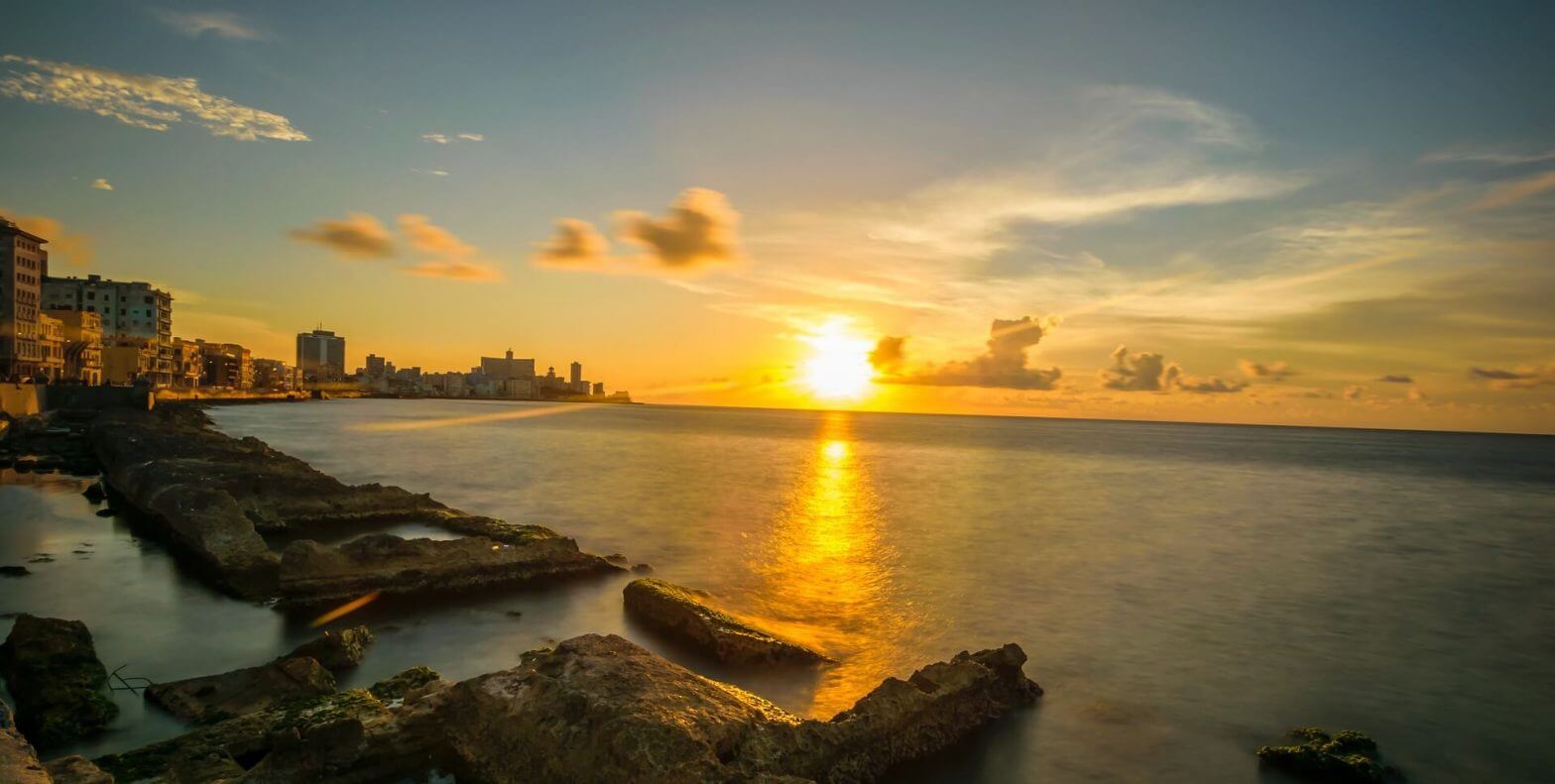
If there’s one thing our experts agree on, it’s that the death of authentic Havana has been greatly exaggerated. While it’s true that Cuba is now receiving more tourists than ever before in its modern history, Havana remains as paradoxical and alluring as ever. It still somehow has a gracefulness of its own, even while the whole crumbling city feels like it’s being held together with duct tape, string and pure improvised ingenuity. It’s the kind of place where the best laid plans fall to the wayside – maybe because nothing quite works properly, or maybe it’s the Caribbean heat. Maybe it’s because it’s just too easy to kick back, dip a cigar in some honey and soak up the vibes through a cloud of pungent tobacco smoke. Whatever the reason, Havana’s lethargic charm is irresistibly seductive, but that doesn’t mean you shouldn’t at least try to see a few sights between those ice cold mojitos.
This year, more than 20 attractions around Havana received our Experts’ Choice Award. The full list of winners is available at our Havana destination page; or, read on to find out about some of our experts’ favorite sights around the city.
Come for the missiles, stay for the ungainly yet endearing efforts to meticulously detail the minutiae of Cuba’s revolution. Havana’s Museum of the Revolution lures in visitors with its open-air exhibition of military aircraft, tanks and a surface-to-air missile system that proudly sits in street view. Behind the boisterous display of military hardware, visitors are treated to a fascinating, albeit eclectic mix of relics from the revolutionary period. Gawk at Fidel’s sweat-stained, half-century-old combat fatigues, or check out the tin spoon that supposedly saved one rebel’s life from a stray bullet. Sure, you might overdose on patriotic kitsch, but along the way you’ll get a crash-course in the Cuban perspective of the revolution, Cold War and beyond.
Unfortunately, you can only get the most out of this museum if you already have both a working knowledge of Cuban history and some basic Spanish up your sleeve. Moreover, at the time of writing, some exhibition rooms were temporarily closed for partial renovations. Even at the best of times though, this museum can still feel like an makeshift affair thanks to the counter-intuitive layout and the fact that some of the exhibitions look about as tired as Fidel’s aforementioned fatigues. Having said that, there’s something irresistibly delightful about the awkward juxtaposition of dusty militaristic bits and bobs being housed in what was once Havana’s most effete residence. The Museum of the Revolution is located in the former presidential palace, which in its heyday served as the home of notorious dictator Fulgencio Batista. The interior was originally decorated by Tiffany’s of New York, and behind the revolutionary sloganeering, the structure itself still oozes with the dilapidated decadence of a distant past.
“The worlds longest sofa,” as its sometimes affectionately labeled by locals, the Malecon is more than just a nice spot to catch one of Havana’s glorious gold-crimson sunsets. This 7km stretch of waterfront has long been beloved by Habaneros as a place to kick back after work and catch up on local gossip. Constructed in 1902, the Malecon used to be the gaudy seaward face of a city dedicated to debauchery and diversion. Throughout the high-rolling years of the early 20th Century, the Malecon greeted thirsty North American cruise-goers fleeing prohibition with a colorful flank of hotels and casinos to one side, and azure Caribbean waters to the other.
Nowadays, the Malecon is sure showing its age. The Neo-Classical architectural wonders that line the waterfront are crumbling into the sea, while every year the waves seem to crash just a little bit harder against the buckling sea wall. Needless to say, it’s hard to find a more dramatic backdrop for an afternoon stroll, though it’s the locals themselves who make the Malecon a joy to visit. Come on a weekend or after work hours, and you’ll find lovers huddled between fishermen, and children playing in the spray. Be warned though, the waves hit hard here, and a step too close to the water’s edge might leave you soaked from head to toe.
Havana is best enjoyed on foot, with the old town lending itself well to aimless wandering. However, there’s only really one place where you should start your ramble: the historic Plaza de la Catedral. Sprawling in the shadow of the 18th Century Havana Cathedral, this airy plaza is home to some of the city’s best preserved Baroque architecture. Many of the buildings around here have been painstakingly refurbished after decades of neglect, and today house a mix of museums and restaurants. Among the most worthwhile is the Casa de Lombillo, which is found on the eastern edge of the plaza and hosts a constantly changing mix of art exhibitions. On the opposite side of the plaza to the north west, the Casa de los Marqueses de Aguas Claras is also worth a peek for its pleasant interior courtyard and onsite Restaurant Paris.
During the interwar period of the early 20th Century, Cuba was flush with cash. While Europe was still recovering from World War I, Havana was riding historically high sugar prices and then-president Gerardo Machado was eager to splurge on something big. The caudillo had over 5000 laborers work for three years to construct a building that would not only serve as an edifice for Machado’s congress, but would also be a testament to the island nation’s sweet years of sugary riches.
The result was the Capitolio, a Neo-Classical marvel that looks suspiciously similar to the United States Capitol in Washington, D.C. Don’t tell that to Cubans though, as generations of the island’s architects have maintained that any resemblance is purely coincidental. Another interesting coincidence is the fact that Havana’s Capitolio just happens to be a meter wider, longer and higher than its counterpart in Washington. Not only that, but until the 1950s the Capitolio was Havana’s tallest building.
After congress was abolished during the revolution, the Capitolio fell into a state of disrepair. However, in 2013 the building was revived to house the National Assembly, and today the newly renovated Capitolio is as grand as ever. Tours are available for a peso or two, or just find a comfortable place to sit on the steps outside for a spot of people watching.
Castillo de la Real Fuerza
The oldest surviving stone fort in the Americas, the Castillo de la Real Fuerza is a symbol of Havana. Visible from the Malecon, the fort was originally built in the 16th Century to protect the port from pirates. Construction began just a few years after Havana was sacked by French privateer Jacques de Sores, but in their haste the Spanish colonial authorities made some serious strategic blunders. For one, the Castillo was too far from the mouth of Havana’s harbor to effectively repel privateers. In a curious twist of fate, the Castillo is today full of pirates, though they’re all located behind the glass display cases of the on-site maritime-themed museum.
Here’s an odd question: what do Cuba and Napoleon Bonaparte have to do with one another? The answer: basically nothing, but for some reason Havana is home to one of the world’s most impressive collections of Napoleon-related artifacts. The Museo Napoleonico hosts over 7000 items from the French emperor’s life, including one of his iconic bicorne hats. Another must-see is the bronze death mask – one of just a handful made by Napoleon’s personal physician just days after his death. Also, don’t forget to check out the view from the museum’s fourth floor terrace.
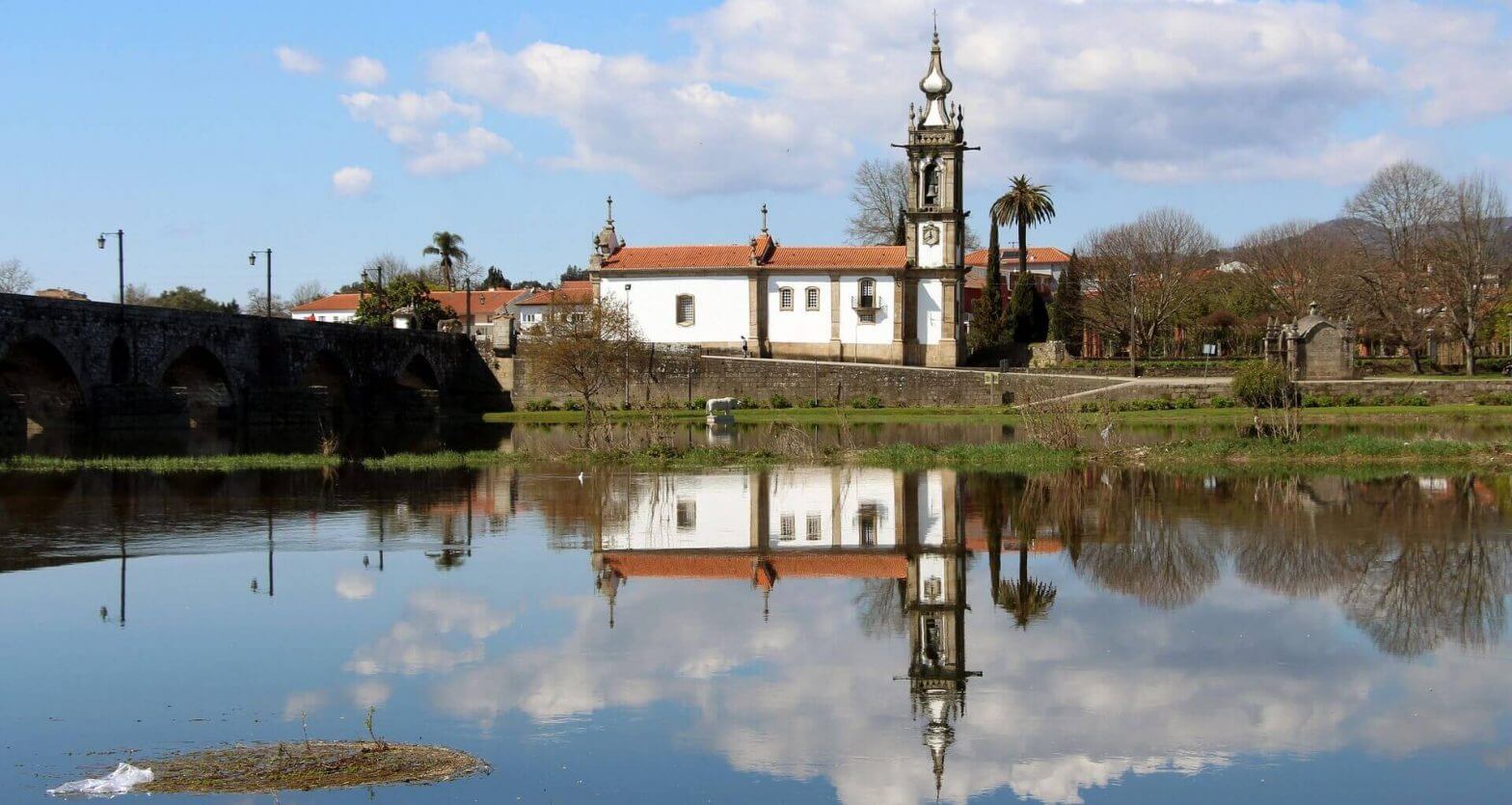
Wait, don’t just rush to Machu Picchu, Peru’s capital is more than just its concrete airport! Once upon a time, Lima was viewed by backpackers as merely a necessary evil en route to the Andes. This dismissive attitude wasn’t entirely unjustified; back in the day, South America’s third largest city’s two claims to fame were its efficient and terrifying express kidnappings, along with boasting some of the world’s best currency counterfeiters. In other words, the old Lima wasn’t exactly made of the stuff that brings in tourists.
Alas, the old Lima is no more. Sure, the city can still be pretty rough around the edges, but over the past decade or two Lima has blossomed into one of South America’s most intriguing big cities, not to mention a Mecca for foodies eager to experience the Peruvian culinary renaissance. Amid surging international fascination with Peruvian cuisine, the new Lima has enthusiastically draped itself in the mantel of custodianship of the country’s famous foodie fusion. Modern Peruvian meals tend to be a colorful melange of pre-hispanic, Spanish, Chinese and Japanese traditions. Today, Peruvian food is arguably one of the world’s most important fusion traditions, though Lima is more than just a decent place to eat. Peruvians are proud of their history and culture, and modern Lima offers a fantastic mix of museums and cultural sites that can keep the visitor busy for weeks. Here though, we’re going to try to pack all the best the city has to offer into 48 hours. It won’t be easy, and you will be exhausted, but here’s a step by step guide to getting the most out of Lima in just two days.
Day 1: The Historic Center
Day 1: The Historic Center
You might as well start your Peruvian adventure at the same place the Spanish did five centuries ago. In 1535, conquistador Francisco Pizarro planted his flag and declared the founding of Lima on the site of what is today the Plaza de Armas. Commonly referred to simply as the the Plaza Mayor by locals, this large square is located at the heart of the old colonial part of the city. A UNESCO World Heritage site, the square is home to some of the country’s most important historic buildings. To the north you’ll see the Palacio de Gobierno. If you can, return here at noon to check out the changing of the guard. Otherwise, early birds should beeline for Restaurante Cordano, which is located right on the corner near the palacio. This is one of the most popular restaurants in the city center.
Directly opposite the palacio, you’ll see the Catedral de Lima, which houses the remains of Pizarro himself. Fans of colonial architecture should also be sure to check out the nearby City Hall and Archbishop’s Palace, both of which are on the square.
Them Bones at the Basilica
After soaking up the square, head one block to your north-east to the Basílica y Convento de San Francisco. A pleasant enough church in its own right, the site is best known for its underground catacombs packed with the remains of an estimated 25,000 people. The story here is that the catacombs were used as a municipal burial site until the early 20th Century. The catacombs were rediscovered during WWII, and today there are regular guided tours that take visitors through winding tunnels adorned with hundreds of human skulls and other neatly arranged bones. It’s not for the faint of heart, but worth a peek for anyone with a penchant for the grisly.
If you found the catacombs surprisingly macabre, then you’ll never expect what’s just around the corner. Indeed, nobody expects a museum dedicated to the Spanish Inquisition to be fun per se, but the Museo de la Inquisición y del Congreso certainly does a solid job at making one of the darkest eras in Peruvian history both engaging and well worth your time. Visitors follow in the footsteps of countless accused heretics who were seized by the Inquisition, from the torture chambers where confessions were extracted to the court rooms where show trials were carried out. The lucky ones were simply burned at the stake, though as a visitor you’ll get to see dozens of mannequins placed in grotesque positions on famous torture devices like the dreaded rack and waterboarding, not to mention some not-so-comfy chairs.
Outside, the museum itself is located on the pleasant Plaza Bolivar, near the Congress building. Behind Congress you’ll find the National Mint and adjacent Numismatic (currency studies) Museum. The museum has an interesting exhibit detailing the history of that green stuff that makes the world go around. See historic examples of how money was made, and gawk at some of Peru’s old bills.
Around Plaza Bolivar
Now that you’ve tackled money and religion, it’s time to address another perfect dinner table topic: sex. Two blocks south of Plaza Bolivar is the Museo Larco, which has Peru’s most renowned collection of pre-Colombian ceramics. The centerpiece of the collection is the erotic gallery room; it’s like Pornhub, but with more ceramics. It should go without saying, but this exhibit is certainly not family friendly, and you’ll be shocked by just how naughty some of those little pieces of pottery get. If you do start feeling a little hot under the collar, then at least you can pick up a cold juice outside in the Mercado Central. An excellent spot for people watching or a cheap lunch, the market is best visited on weekends, when it’s at its most lively. Afterwards, check out some G-rated historic artifacts over at the Museo Nacional de Arqueología, Antropología e Historia del Perú. It’s right near Plaza Bolivar. Finally, for dessert, hit up the Chocomuseo for an afternoon snack of hot chocolate. If you happen to need some time to kill before dinner, take a stroll around Chinatown.
Chinatown itself is a good place to eat if you’re on a budget. For one, it’s the ideal place to sample some Chifa – a local fusion of Chinese and Peruvian food. The well-heeled should schmooze over to the historic Hotel Bolivar for their famed Catedral cocktail, which makes generous use of pisco.
On your second day, get up early and put on your Indiana Jones hat, because you’re heading out to Pachacamac. About 30 kilometers south of Lima, this ancient city isn’t quite as world famous as Machu Picchu, but nonetheless was an important population center of the sprawling Incan Empire and earlier cultures.
Founded by the mysterious Lima culture, the city itself first emerged around 1000 years before the Incan Empire was but a twinkle in Manco Cápac’s eye. However, most of Pachacamac’s major structures were built after the decline of the Lima culture but before the Incan invasion, during the height of the Wari civilization between the 9th and 14th centuries. Relics of the Wari period include the site’s stone palaces and imposing pyramids. By late 15th Century, however, the Incan blitzkrieg had flooded over this region of Peru, and the city was annexed into the burgeoning empire somewhere around 1470 AD.
Most visitors arrive at Pachacamac in a guided tour from Lima. Getting to the ruins by public transport is a bit bothersome, but certainly doable. Make your way to the intersection of Avenida Miguel Grau and Jirón Andahuaylas, where you’ll find an ugly concrete overpass. From there, there are regular minibuses displaying the sign ‘Pachacamac’. Tell the driver you’re going to the ruins, and expect the trip to take around 45 minutes to an hour. It may take longer depending on whether you get stuck in Lima’s notoriously brutal peak hour traffic. On the plus side, the trip is quite interesting, taking you through central Lima before winding through the city’s ring of slums and into the wide open countryside beyond. The ruins themselves will likely take you around two hours to explore. Ideally, you should be able to make it back to town via the same minibus by lunchtime.
The Cliffs of Barranco
For a relaxed afternoon, meander over to the Bohemian enclave of Barranco. This trendy neighborhood is huddled precariously on seaside clifftops, and is a good place for a scenic walk and to pick up a few artsy souvenirs. Once you get tired of exploring this colorful corner of Lima, make your way to one of the clifftop bars for a final pisco and some Peruvian ceviche. Cala Restaurante is a good pick, while Canta Rana does generous portions with good quality.
If you can tear yourself away from the stunning Lima seaside sunset, try to make time to visit El Circuito Mágico del Agua (The Magic Water Circuit). Trying to describe this thing isn’t easy, so let’s just say it’s basically a cross between a waterpark and Pink Floyd concert. The world’s largest complex of water fountains, the Circuito is not to be underestimated for both its enthralling light shows and persistent popularity among locals. Expect to line up for at least an hour to get in, before being overwhelmed by the psychedelic displays of dancing water, multicolored lights and blasting orchestral pieces.
Just another WordPress site
